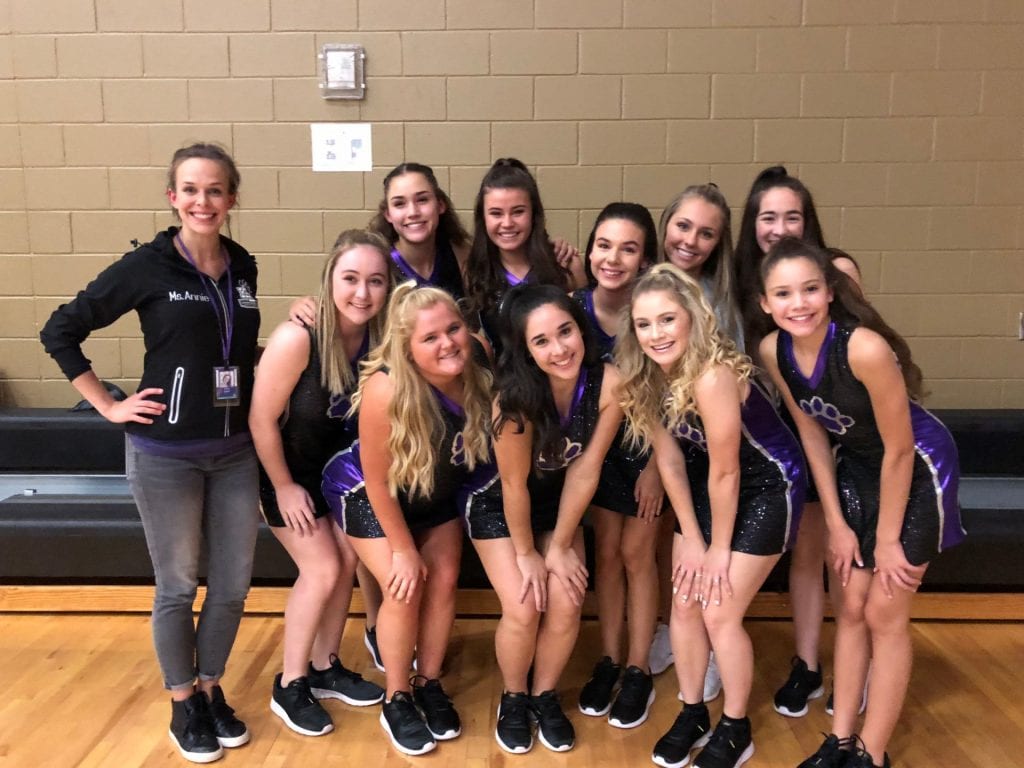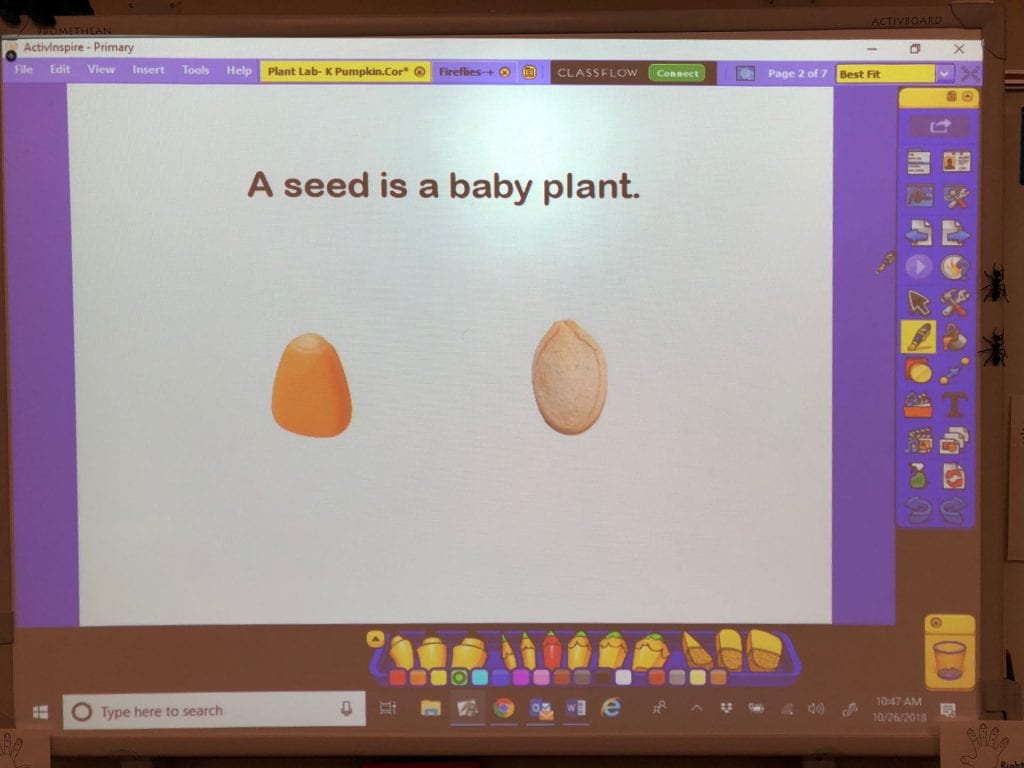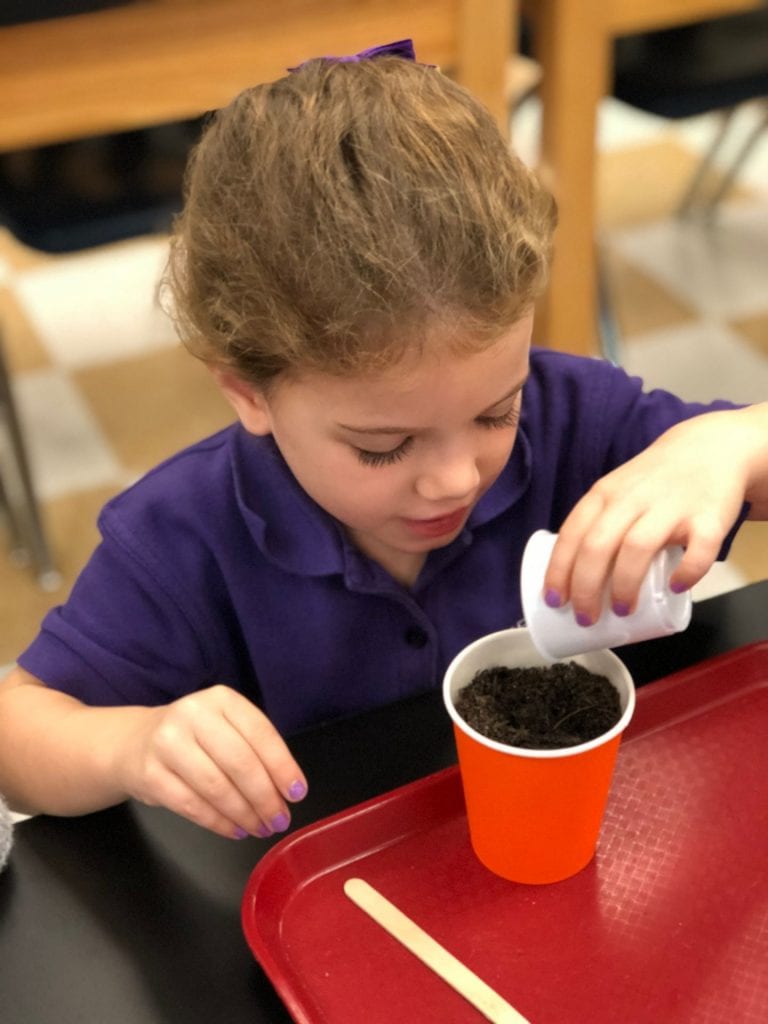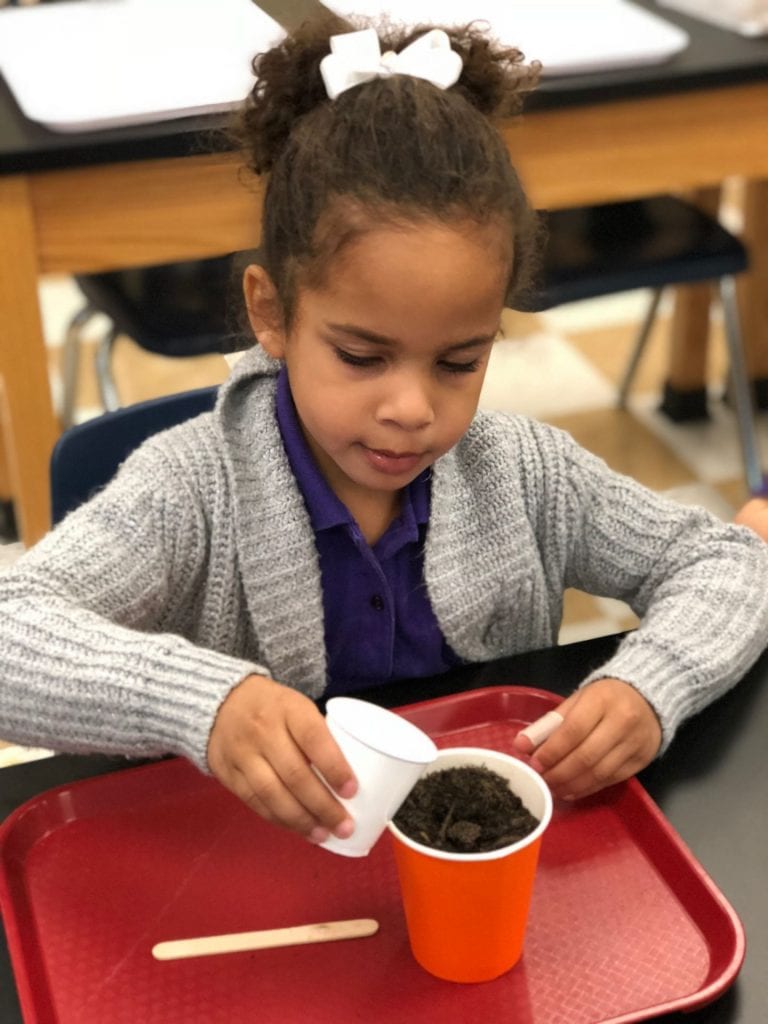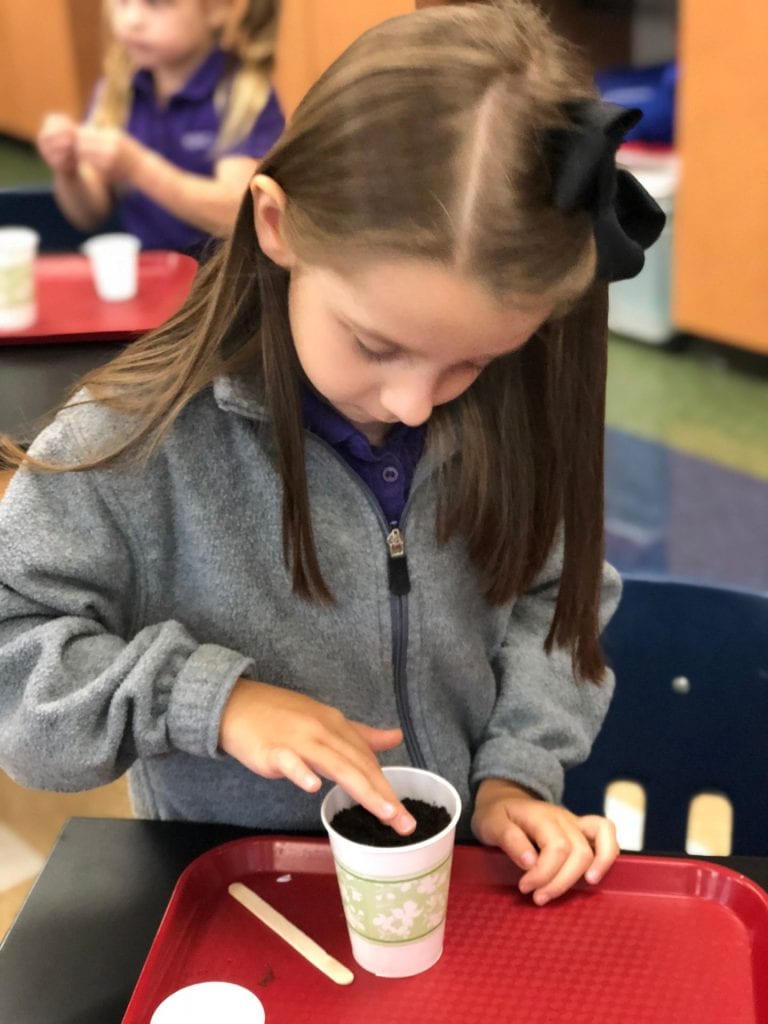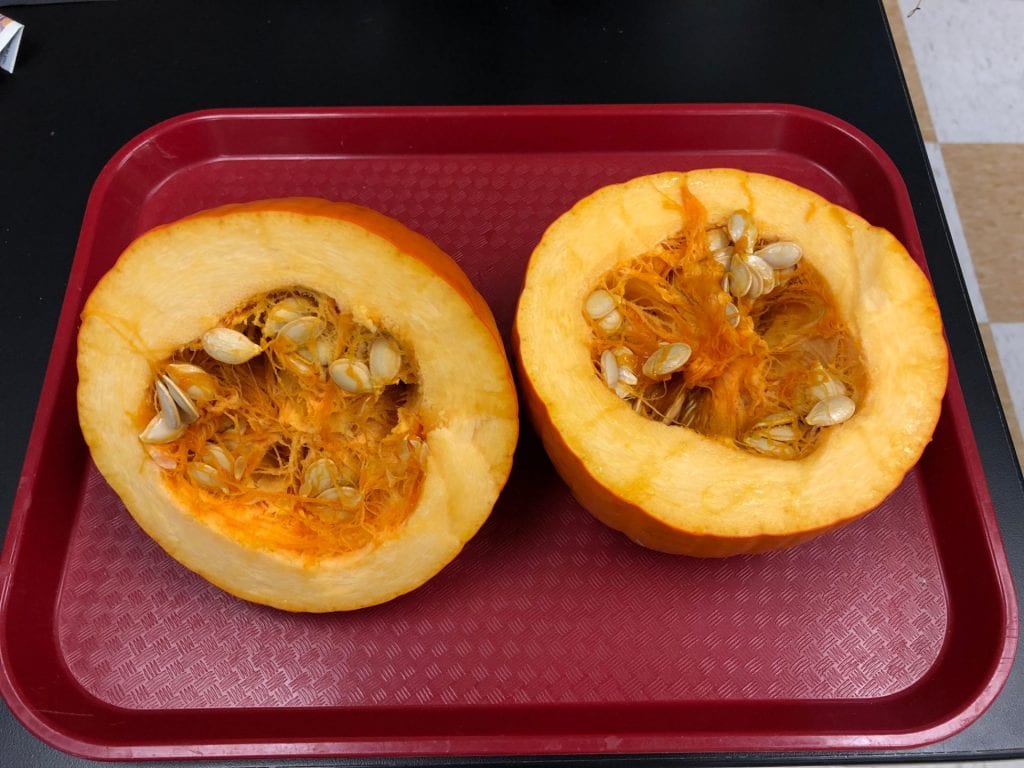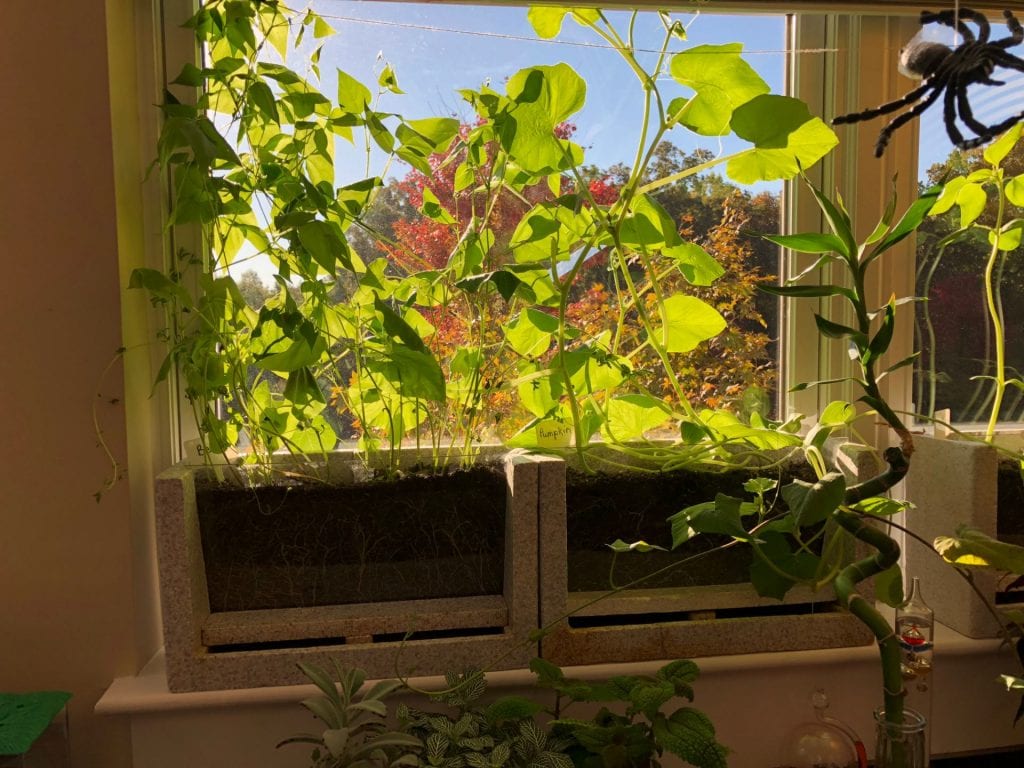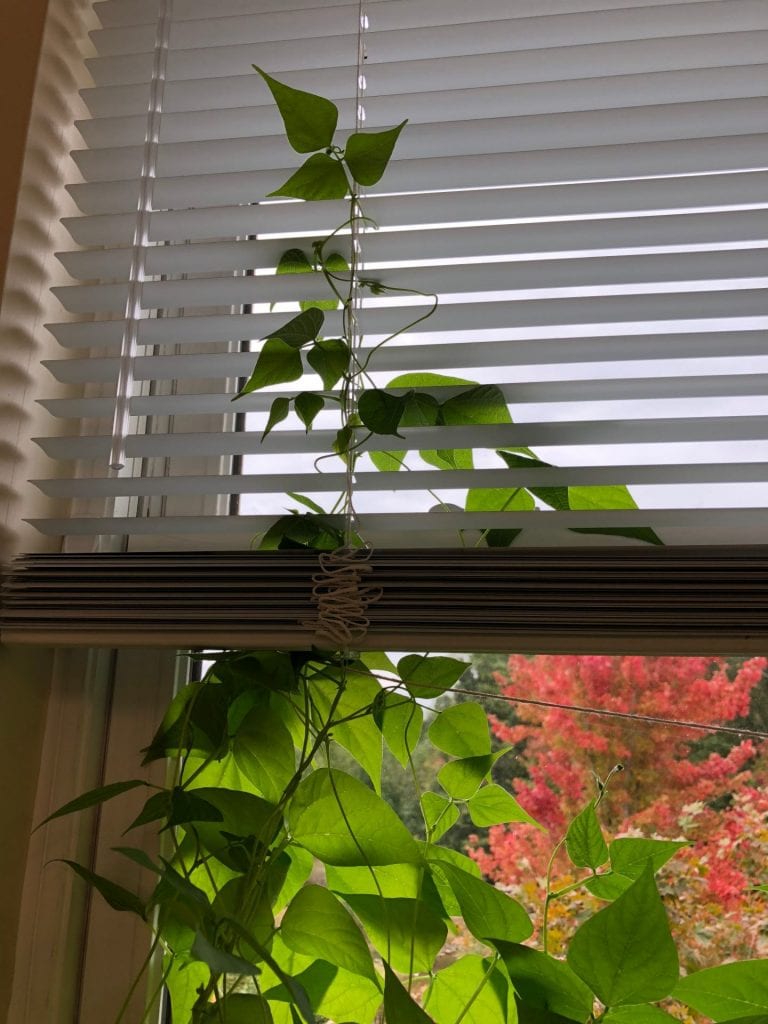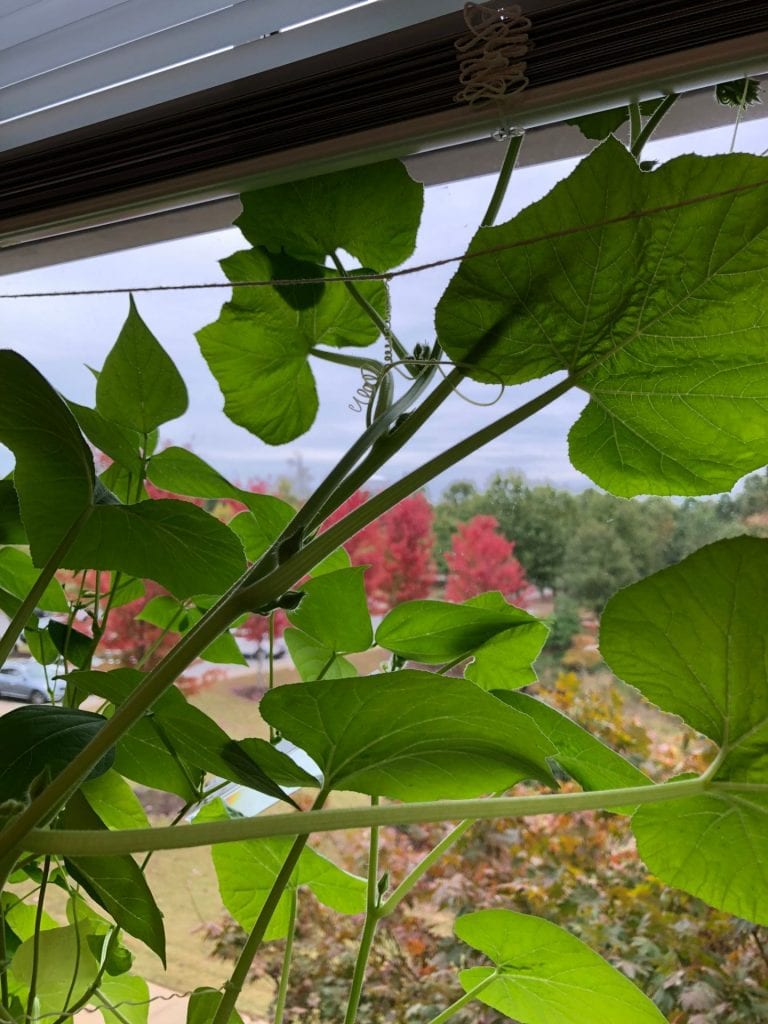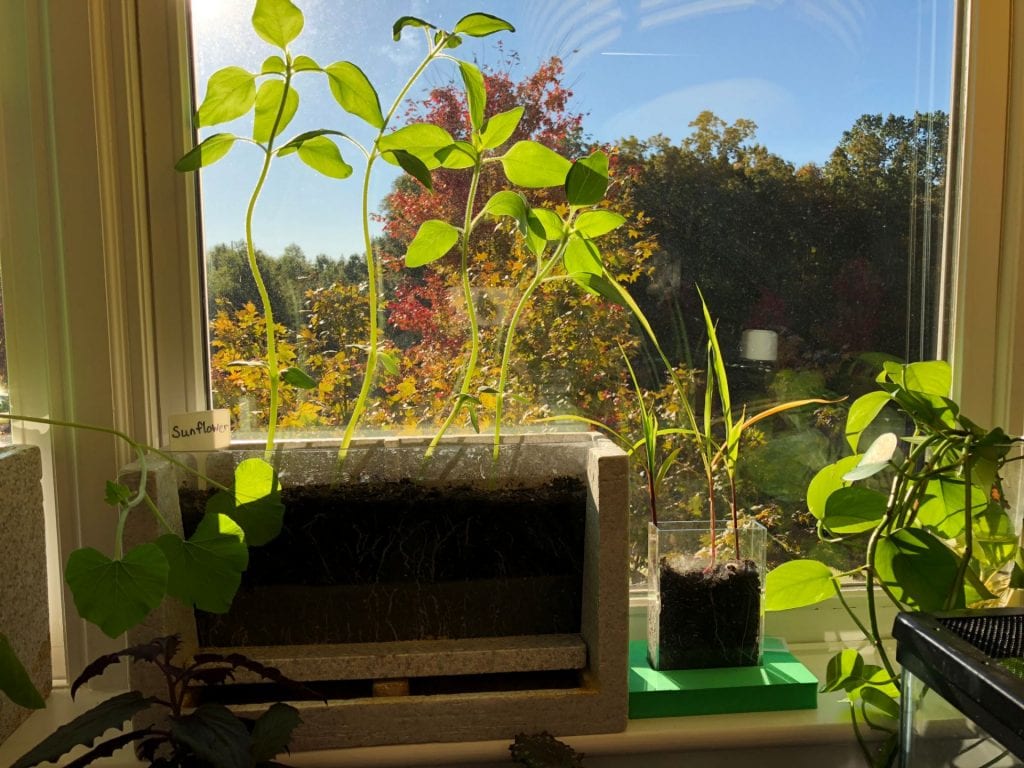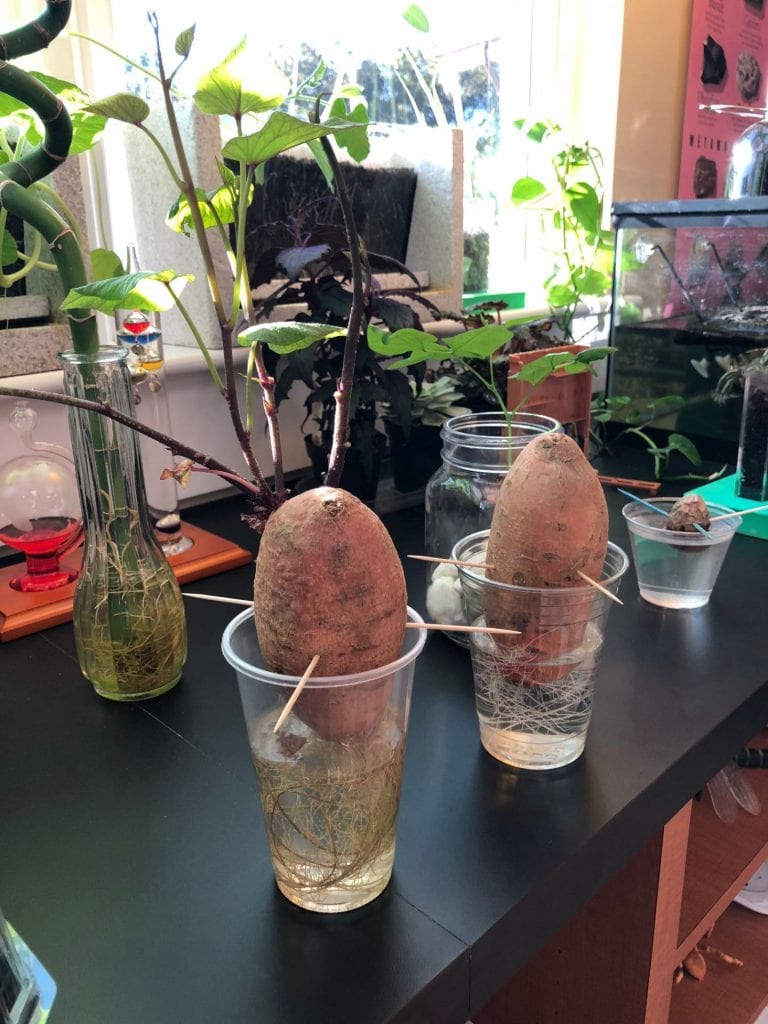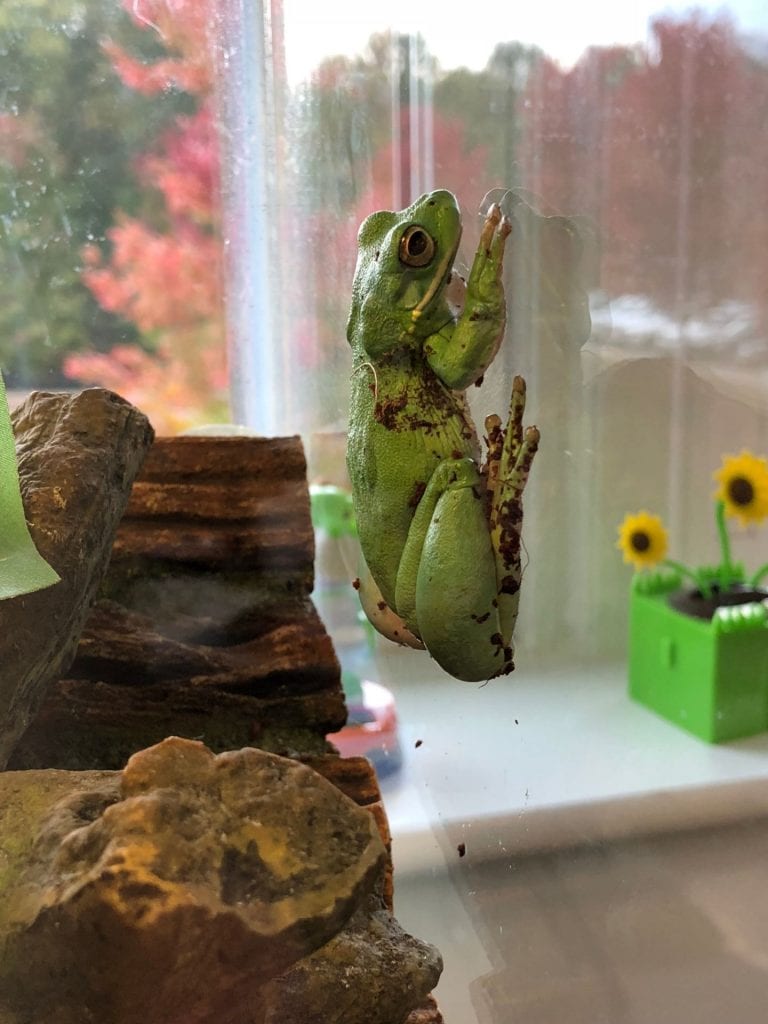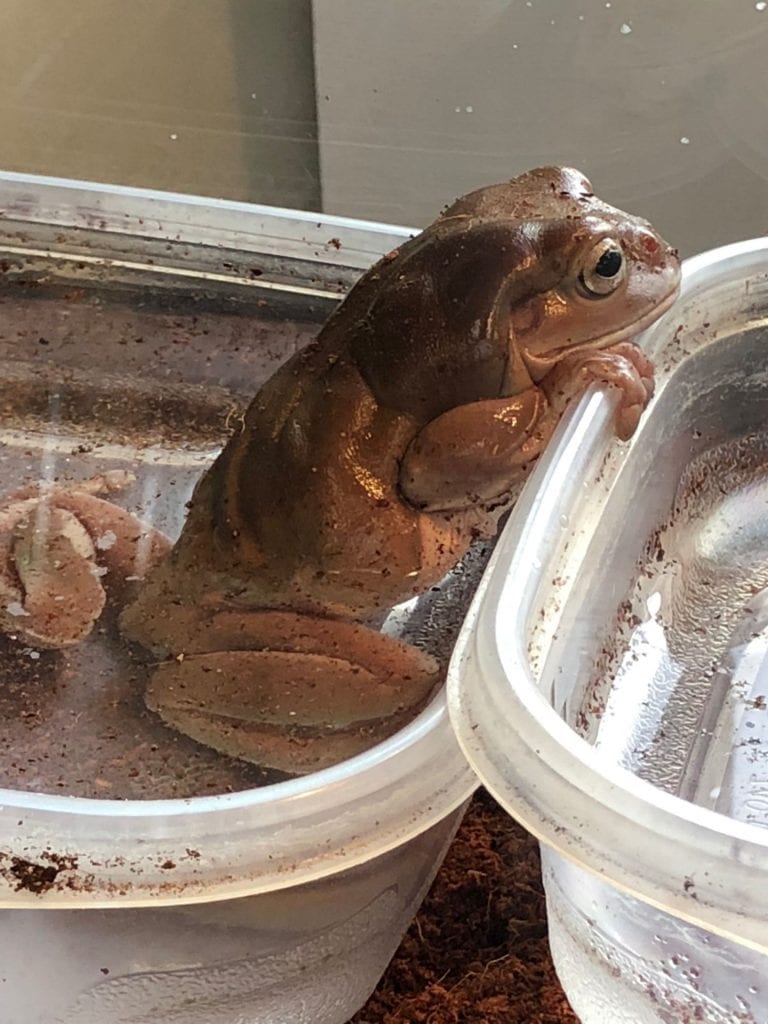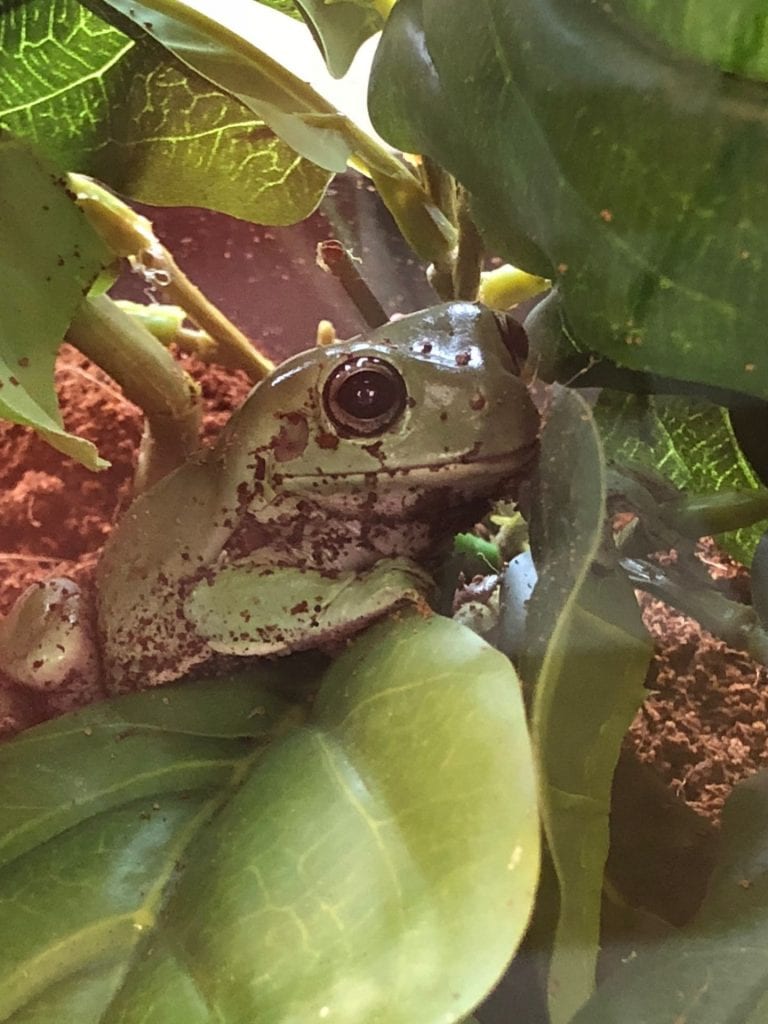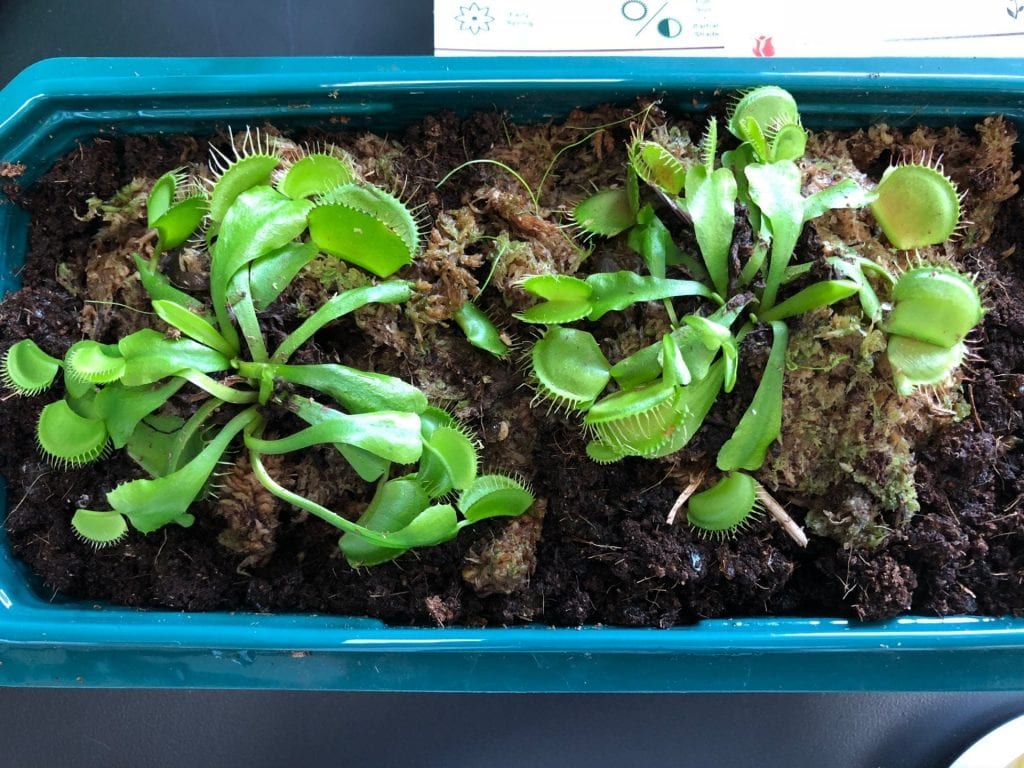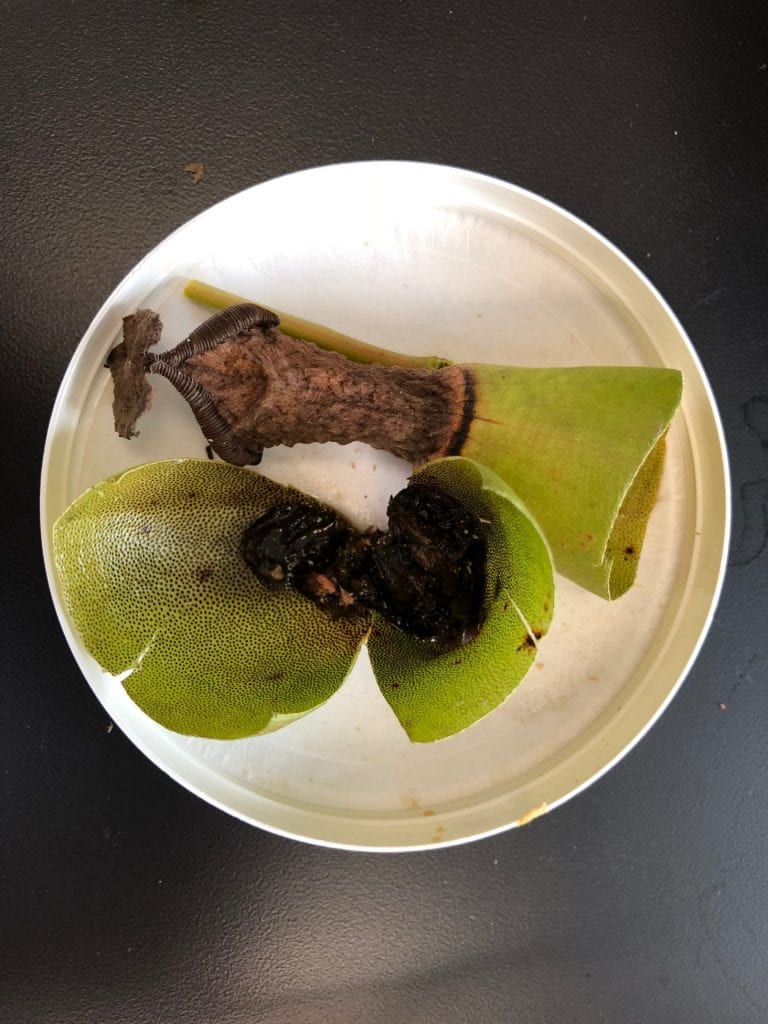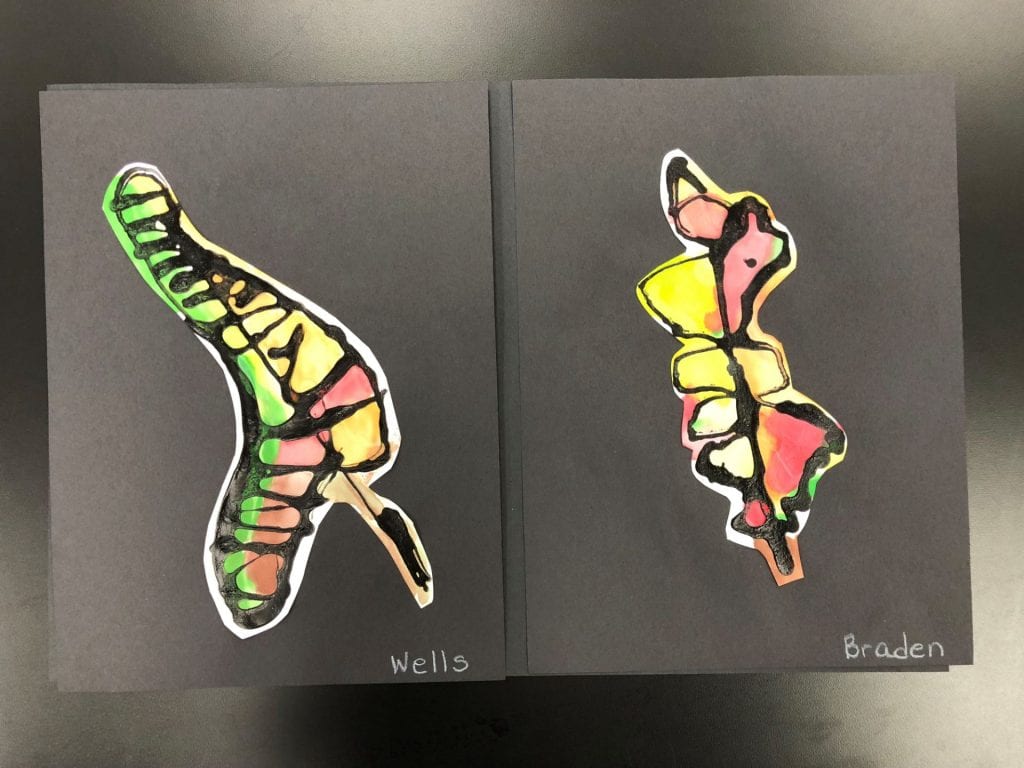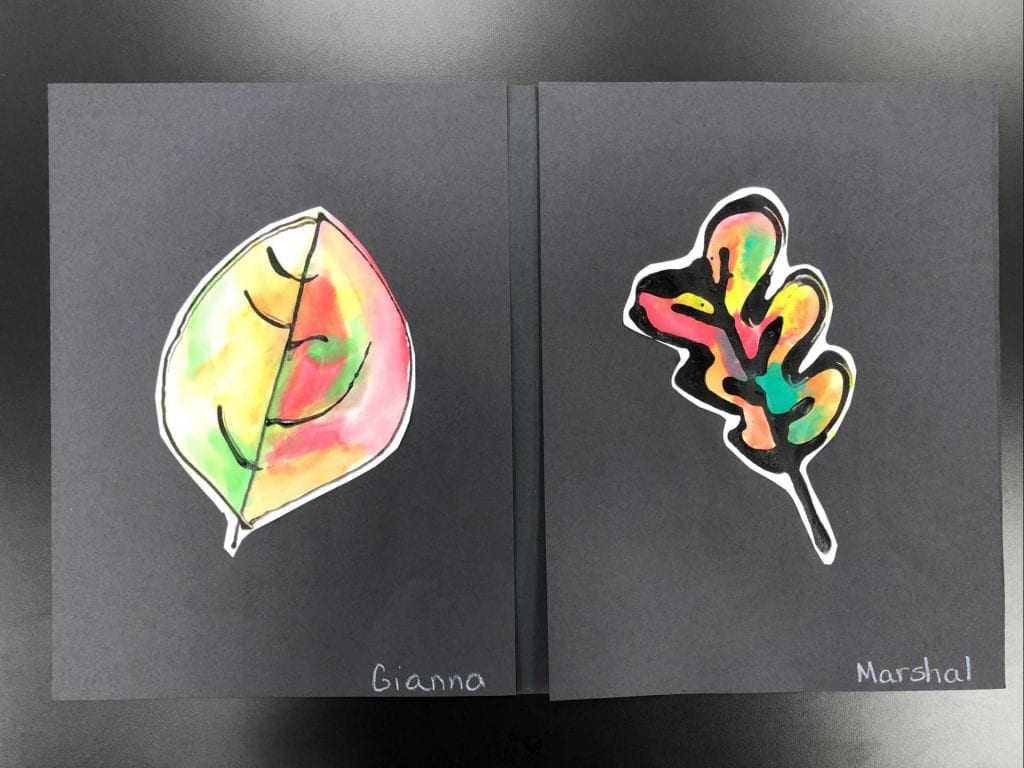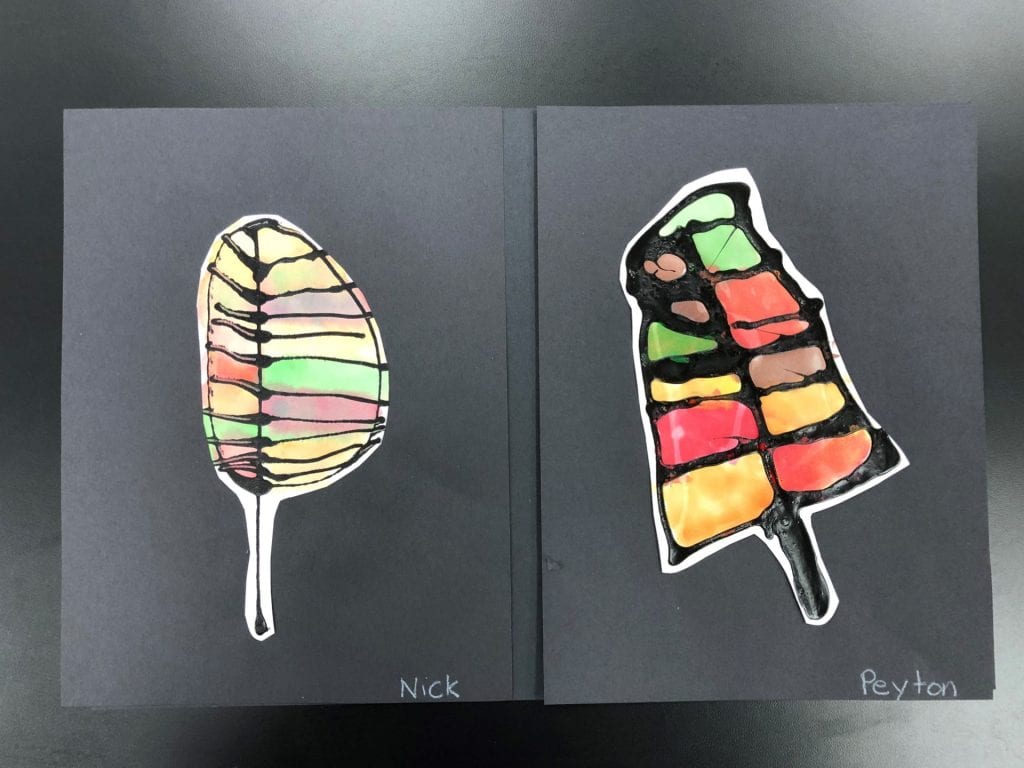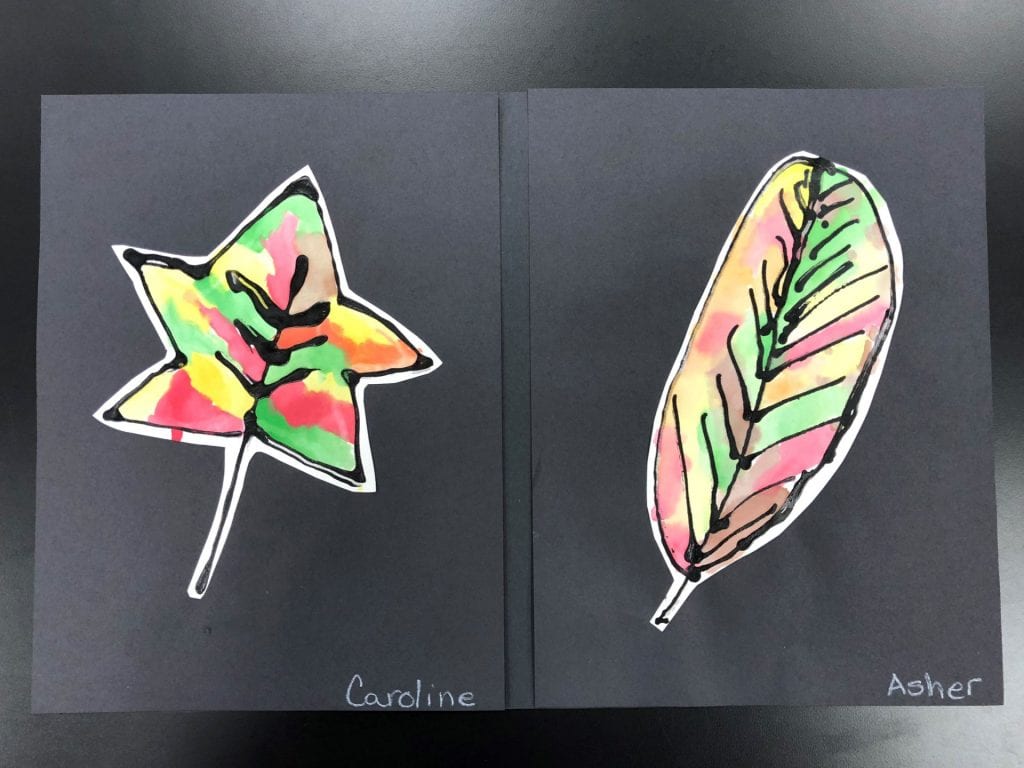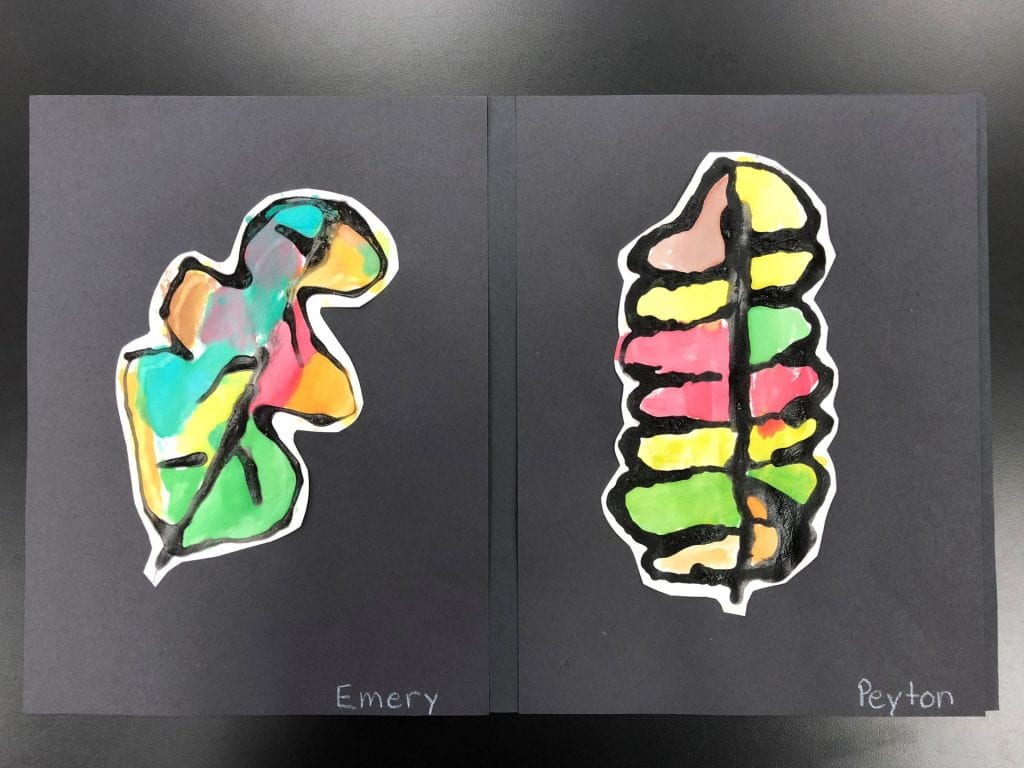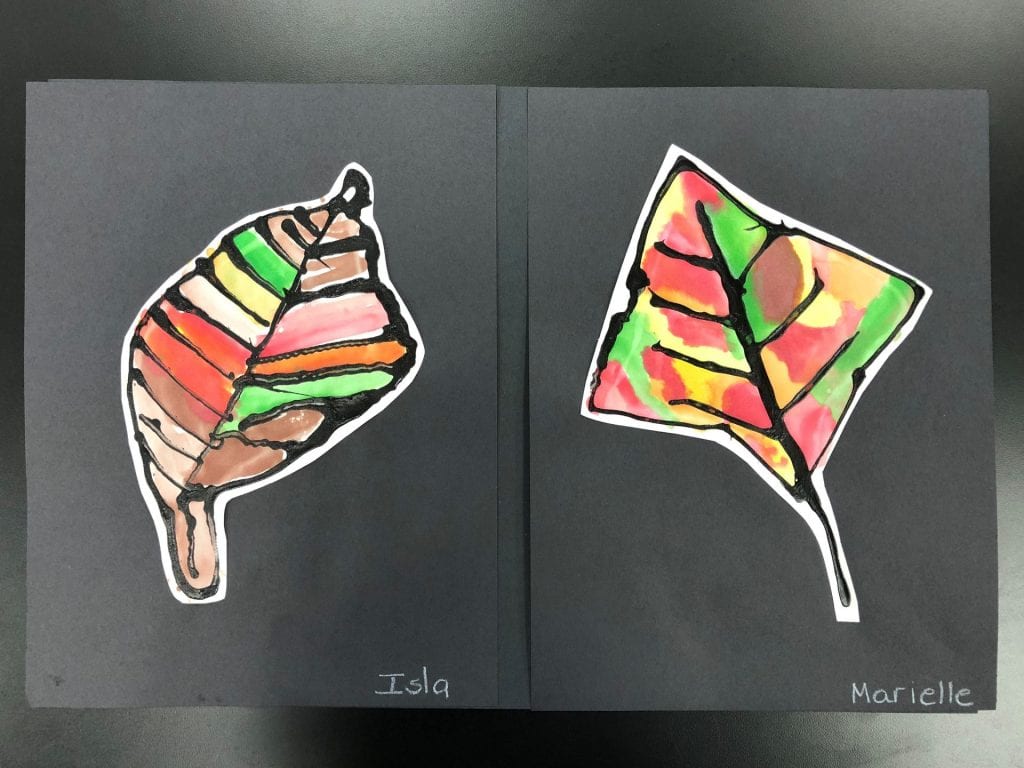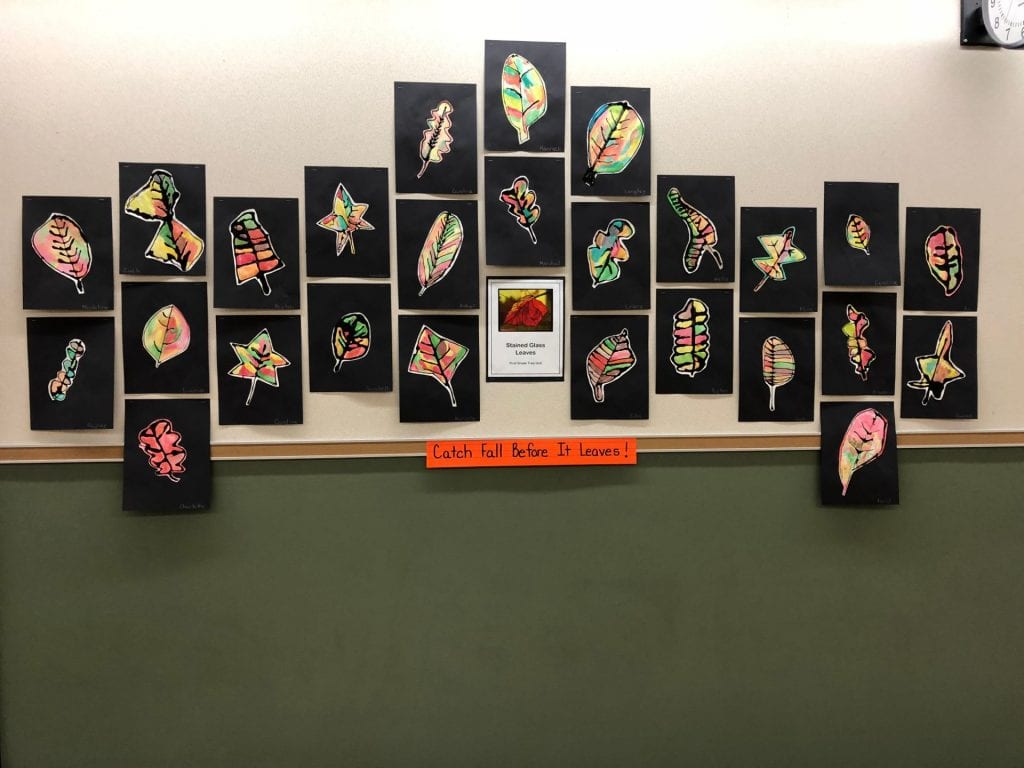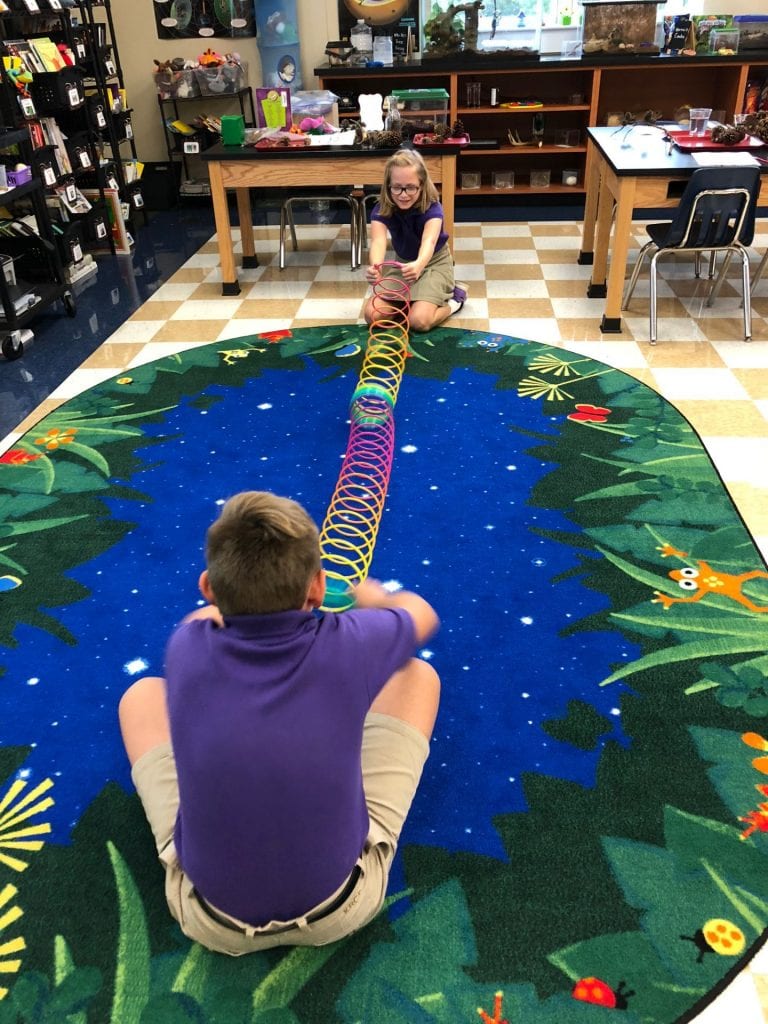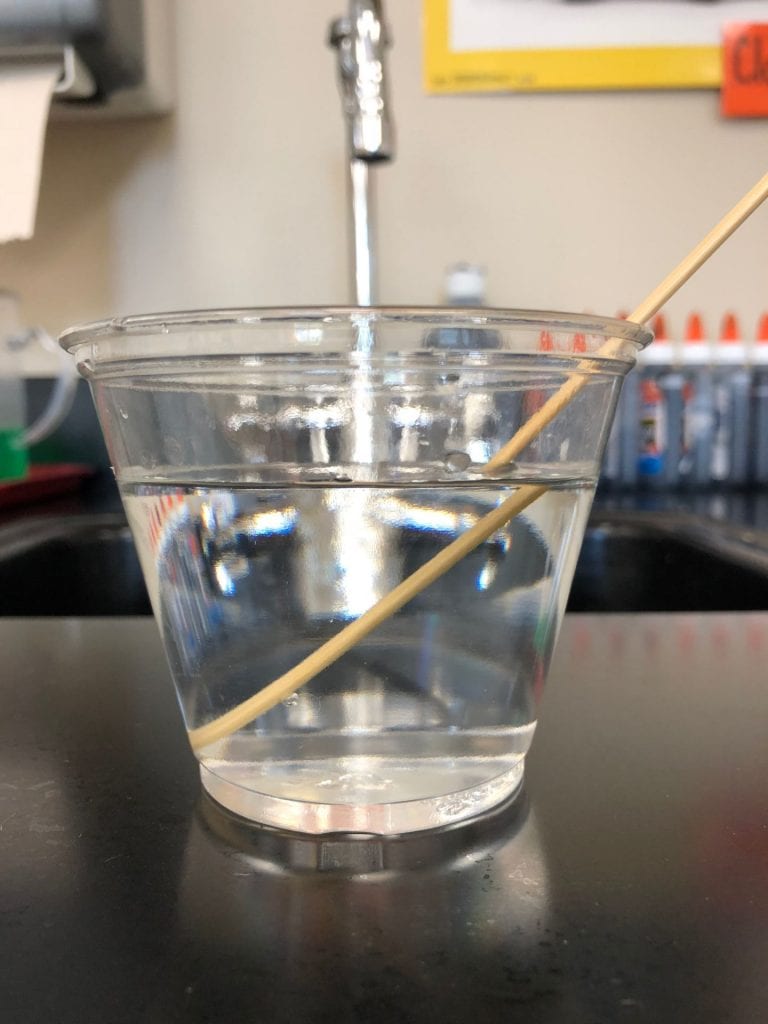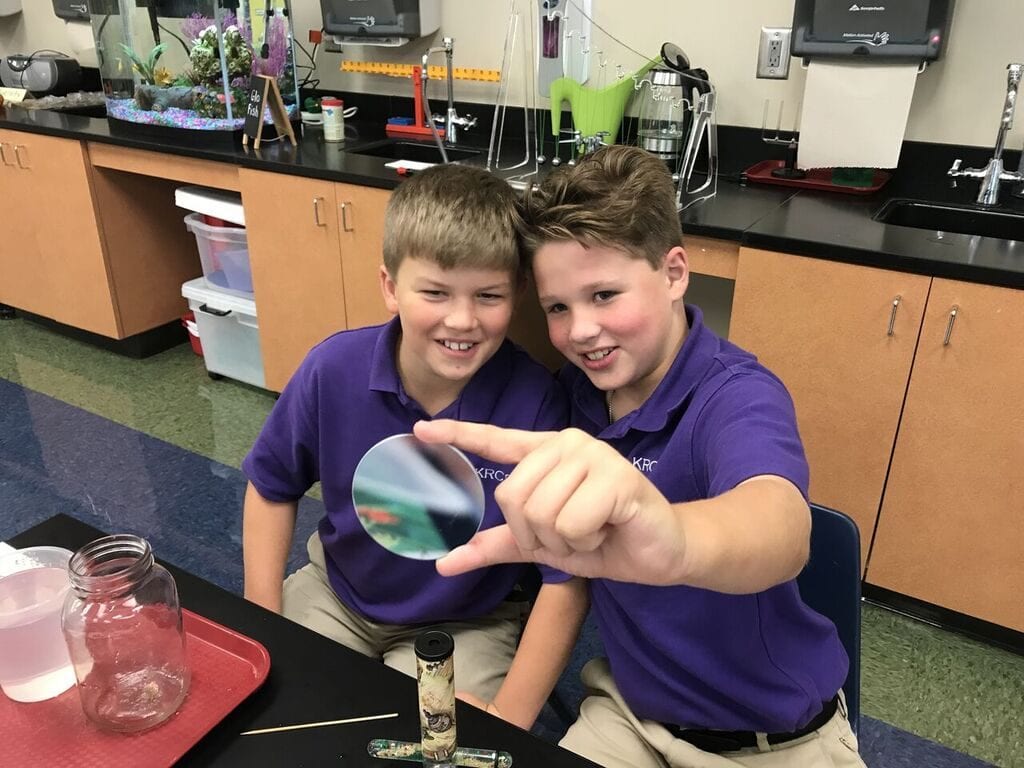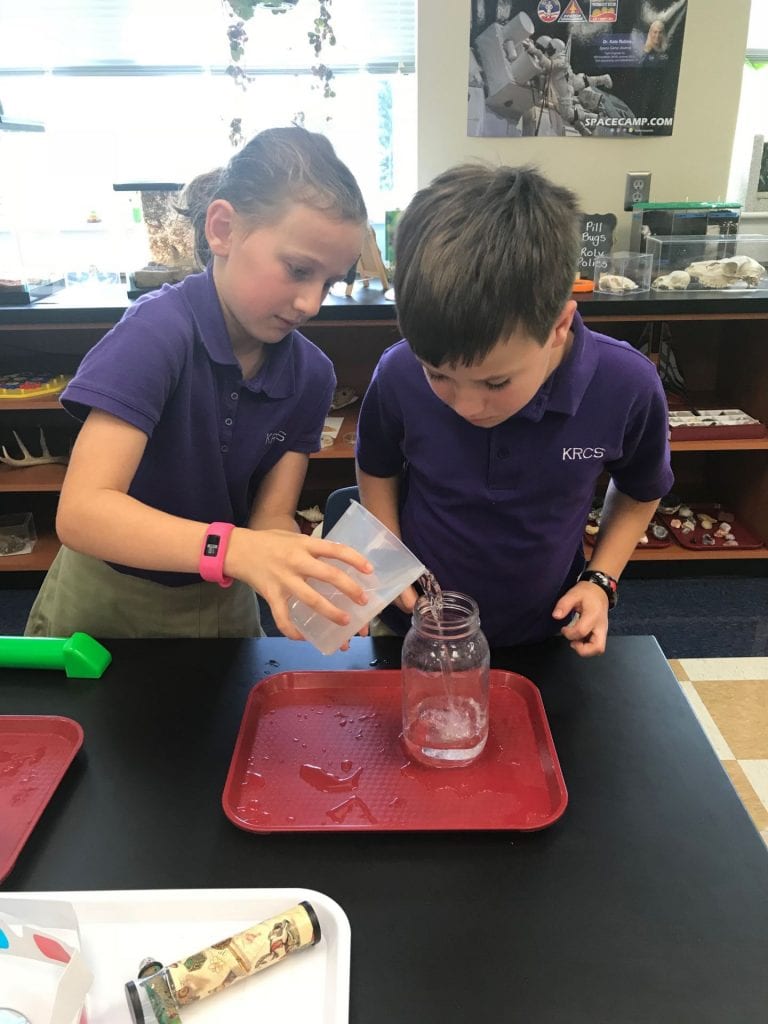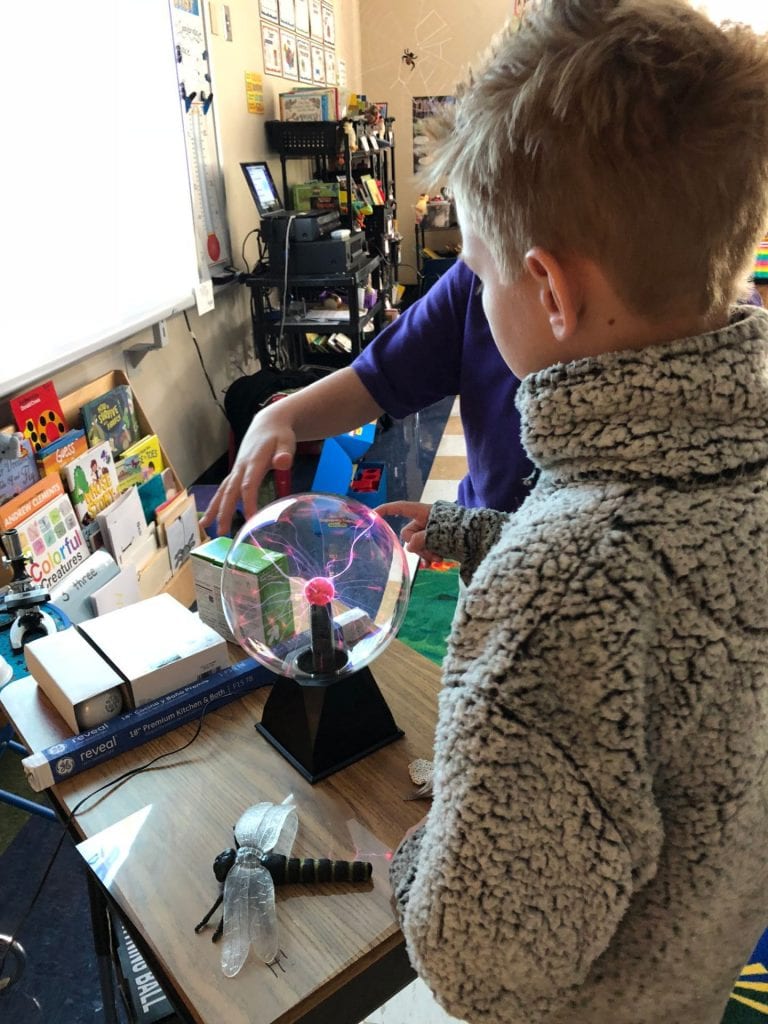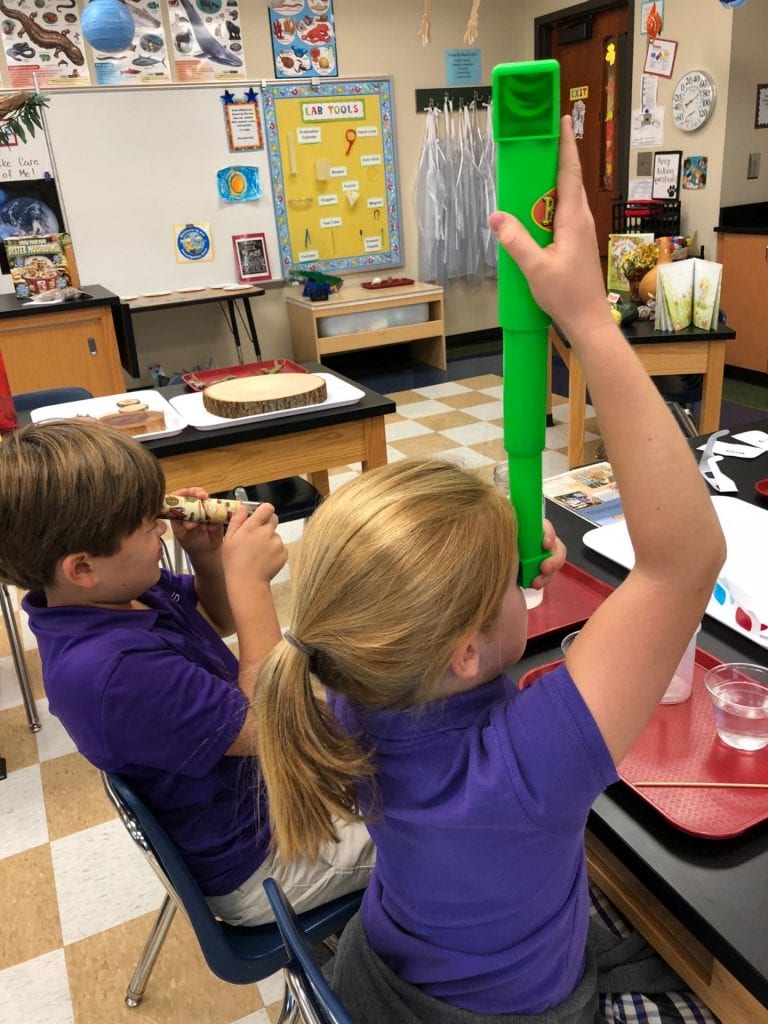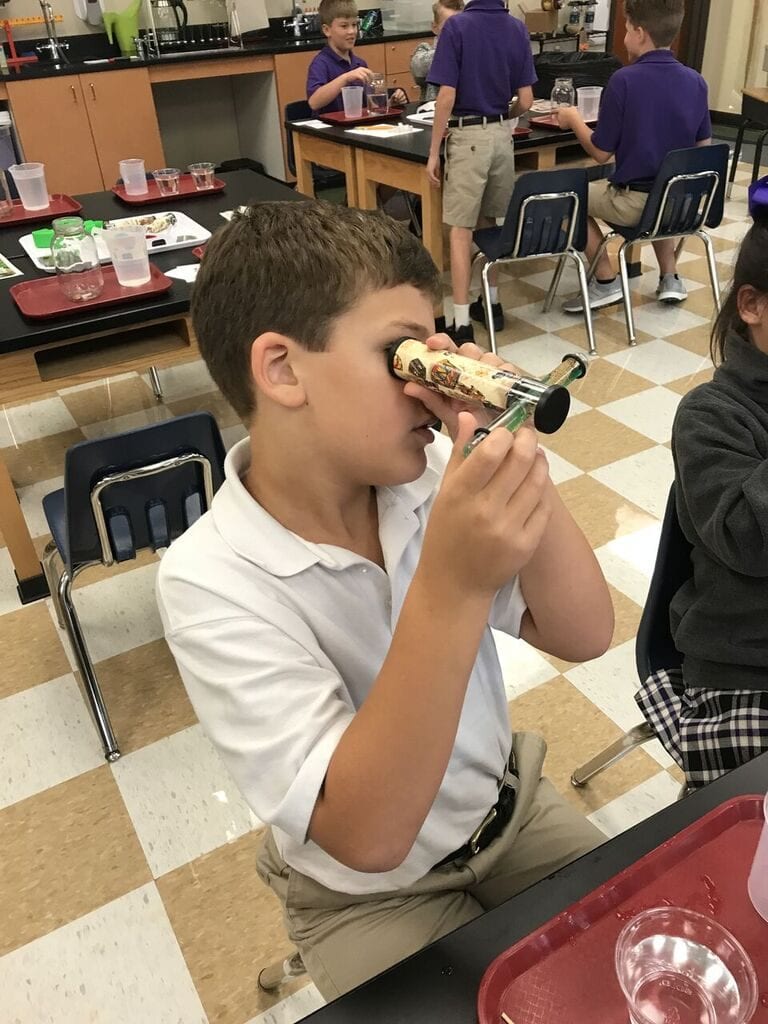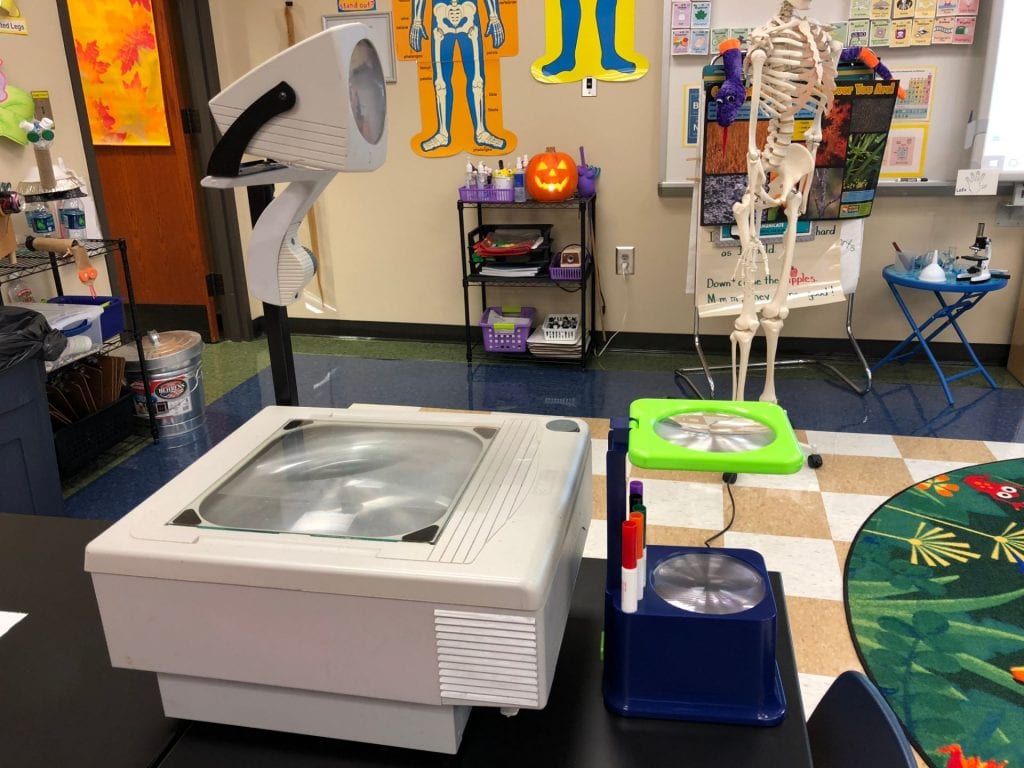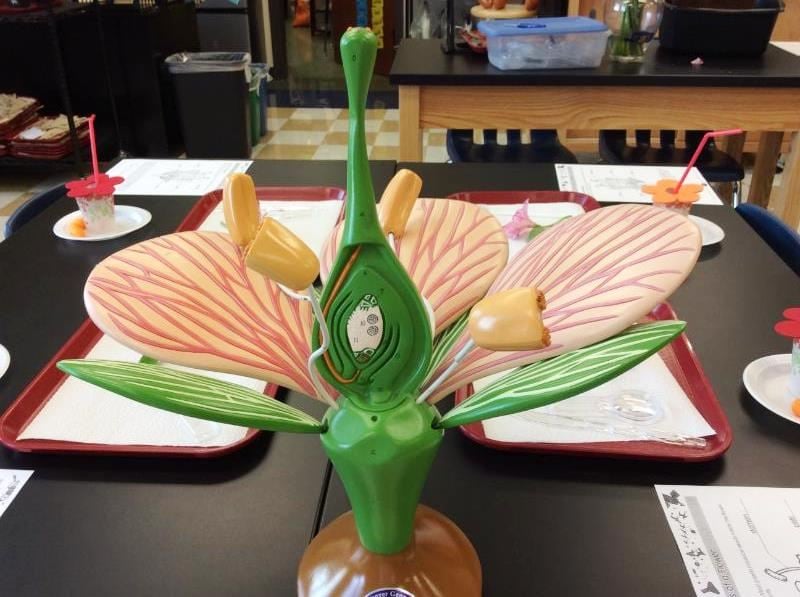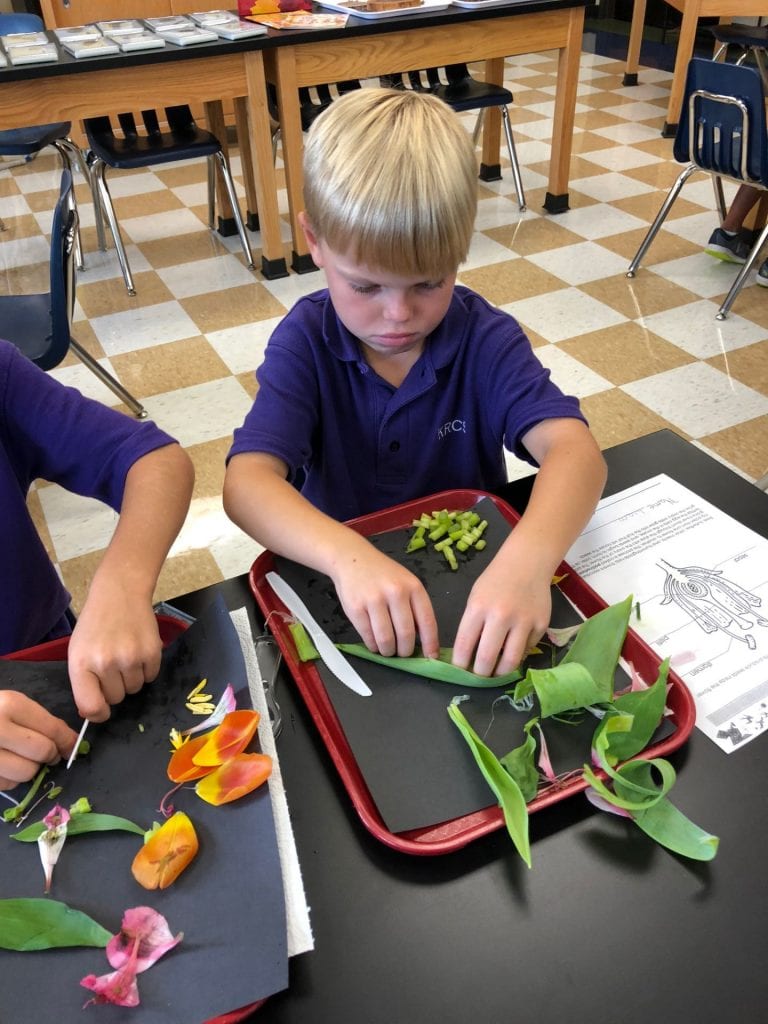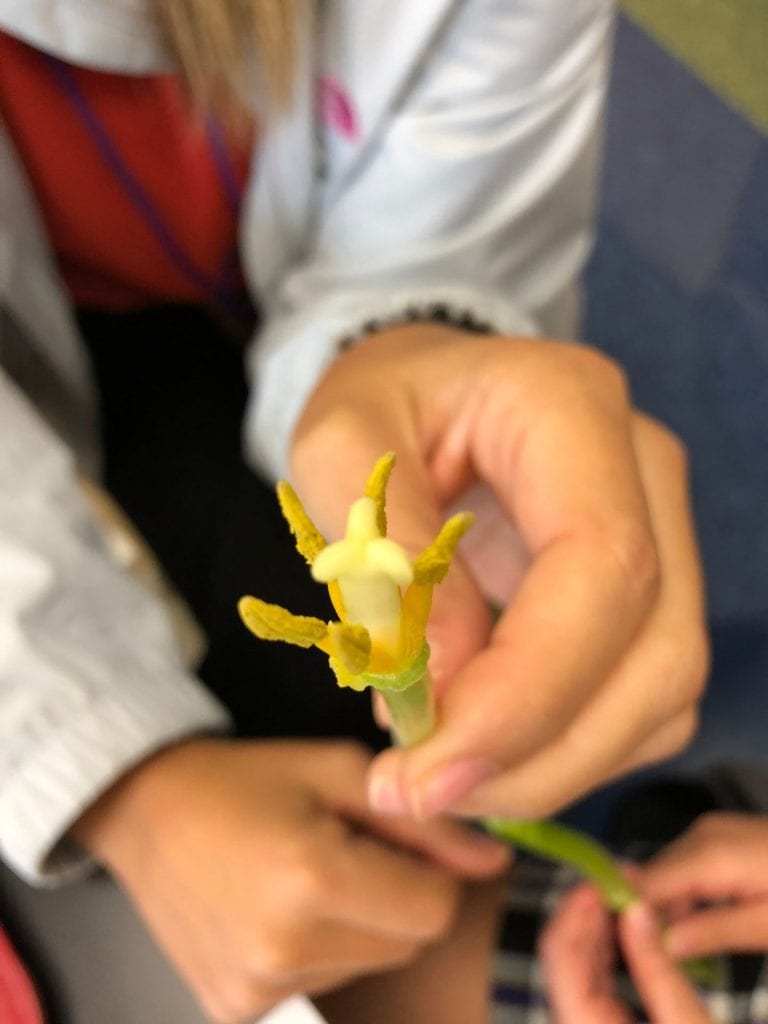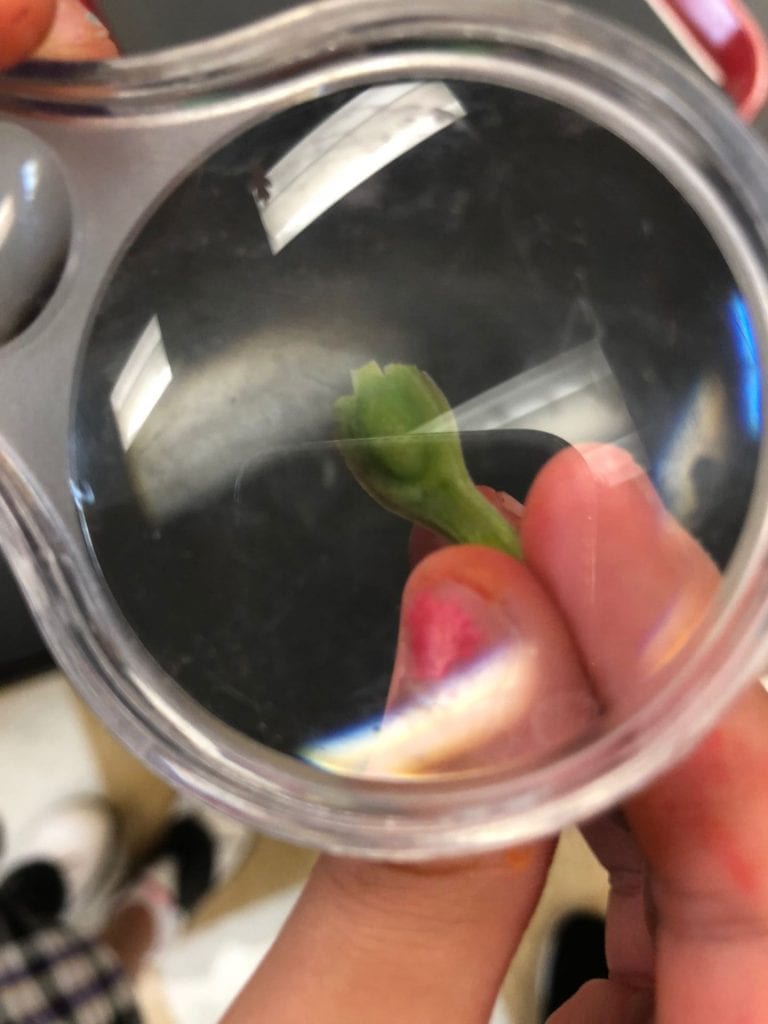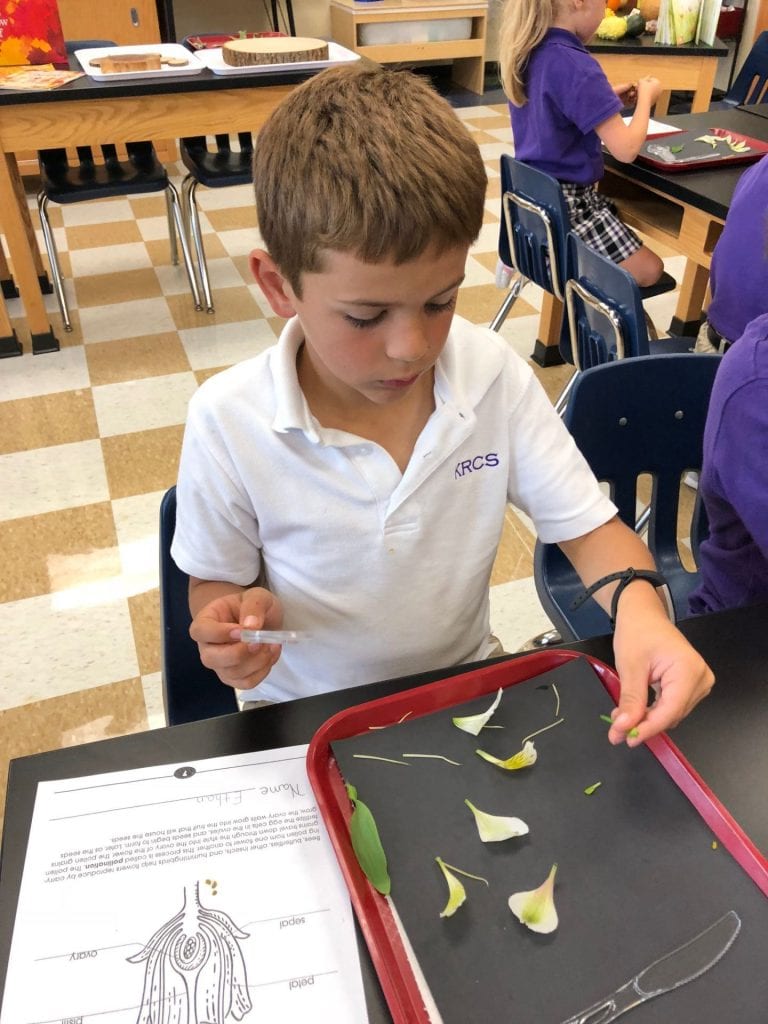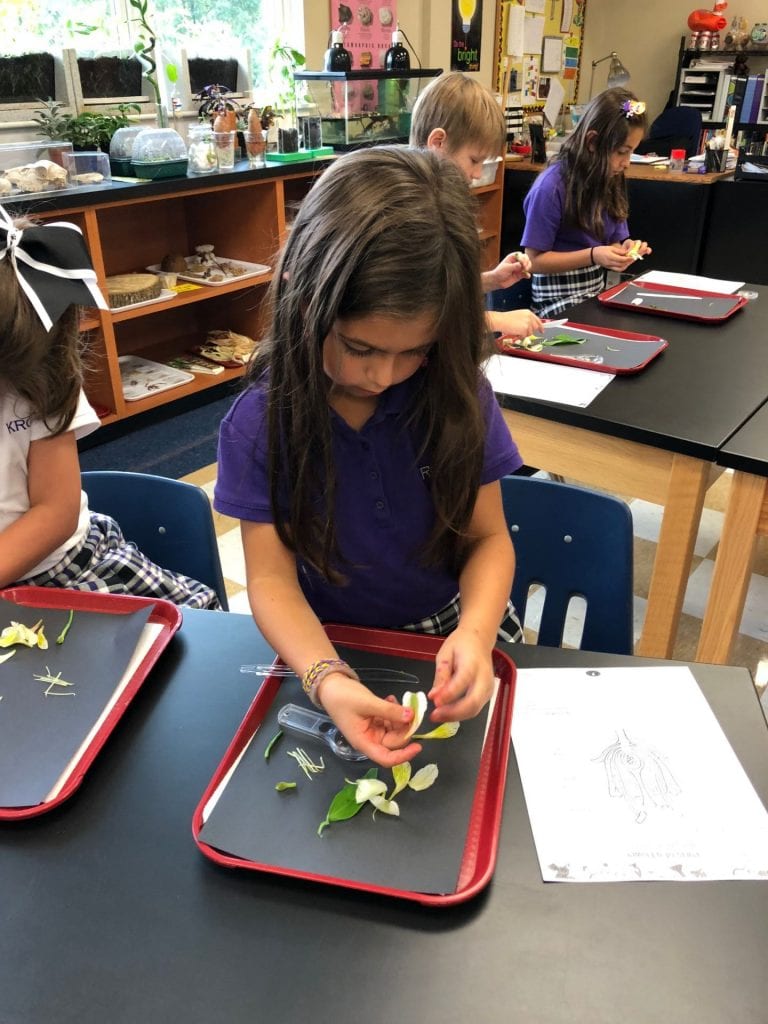My fourth grade scientists completed their sound investigations. Last week, we created a variety of sound effects and learned how to use stethoscopes and tuning forks. I also demonstrated how to make speakers for your iPhone with a paper towel tube and cups. Click here for directions.
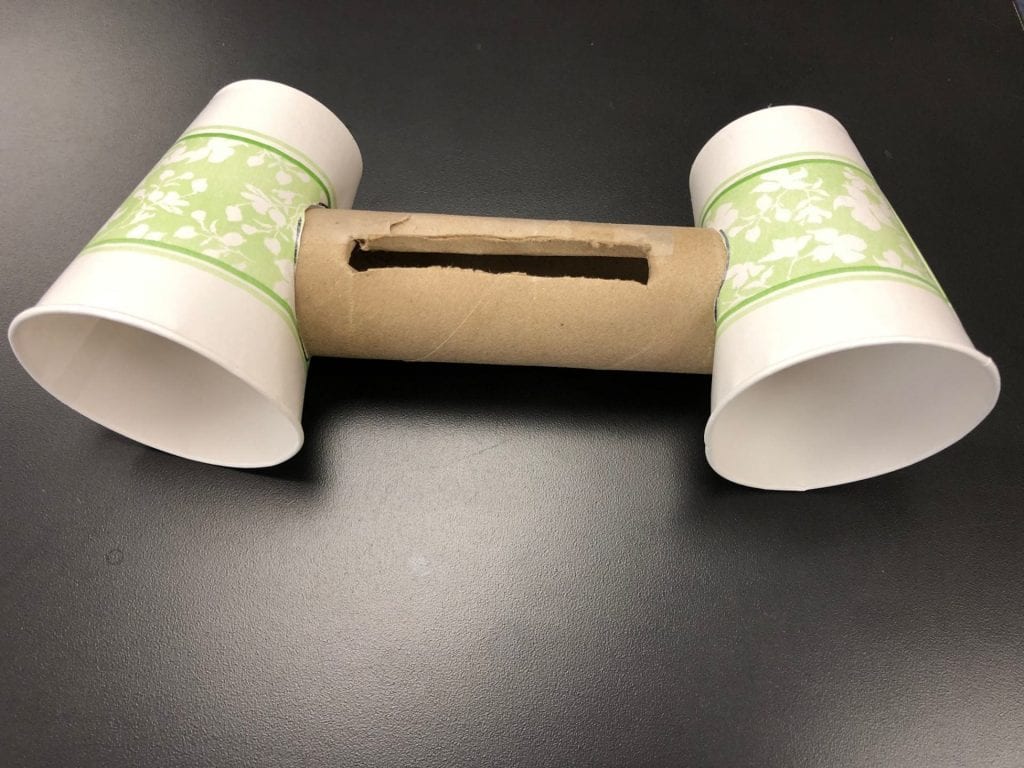
We began this lab by creating music. As we poured varying amounts of water into goblets, the pitch changed. We could also see vibrations in the water. Click here to watch a musician play Tchaikovsky with glasses.
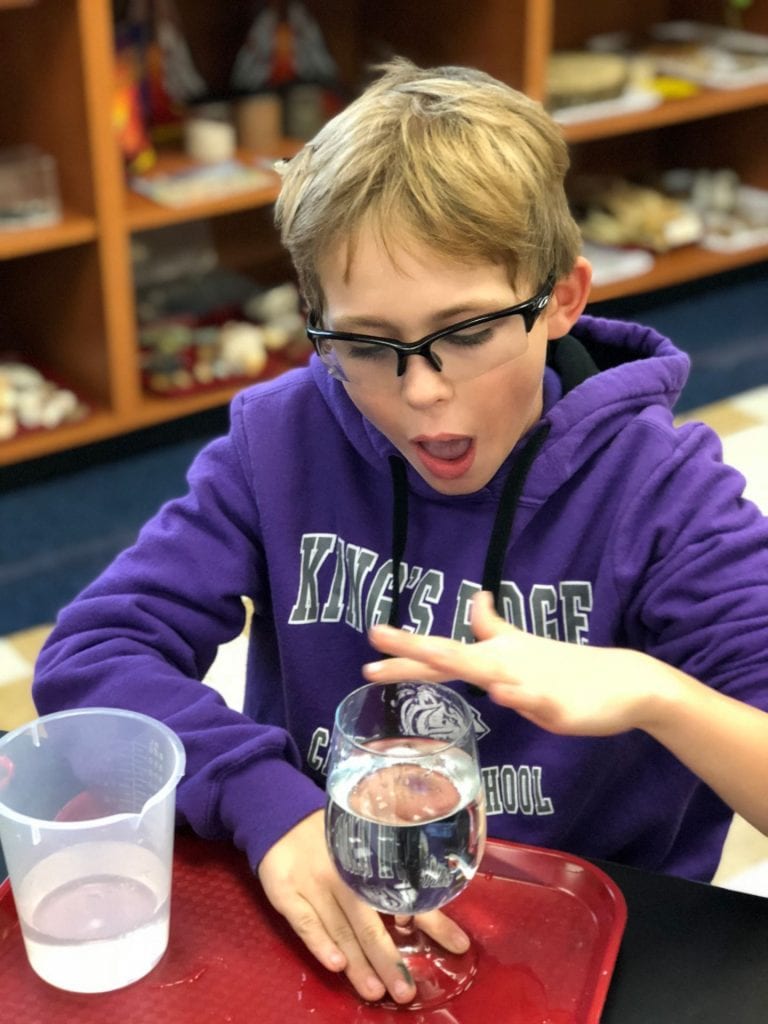
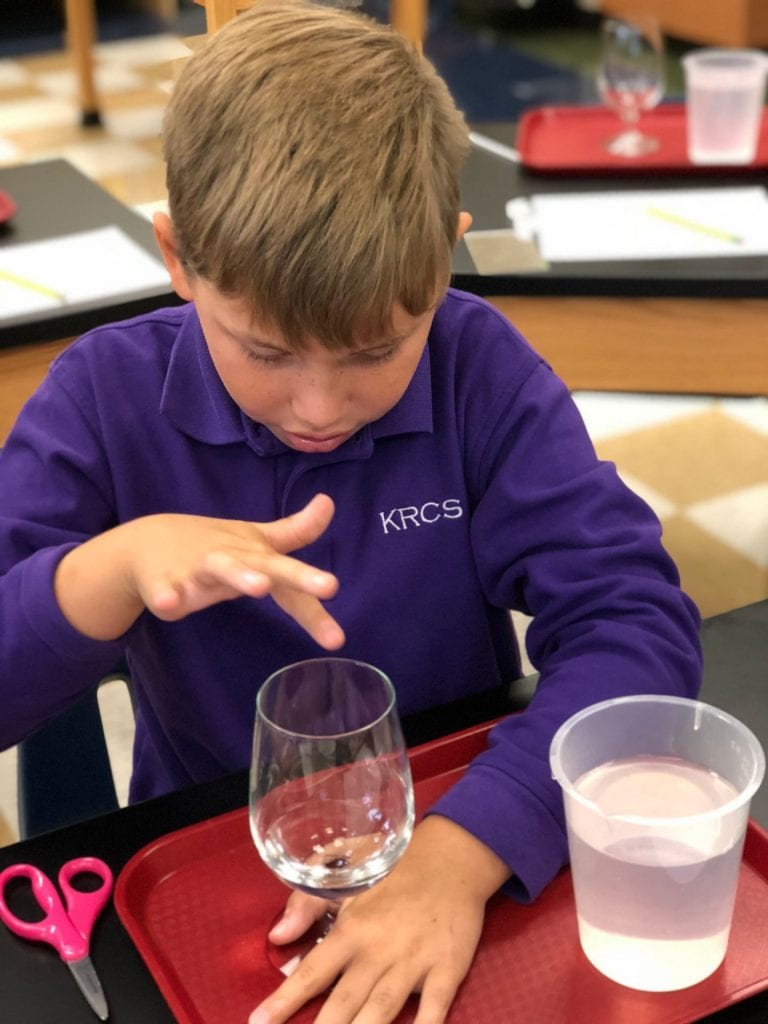

How do you make individual musical notes with palm pipes? Click here to learn more. Click here to watch us play.
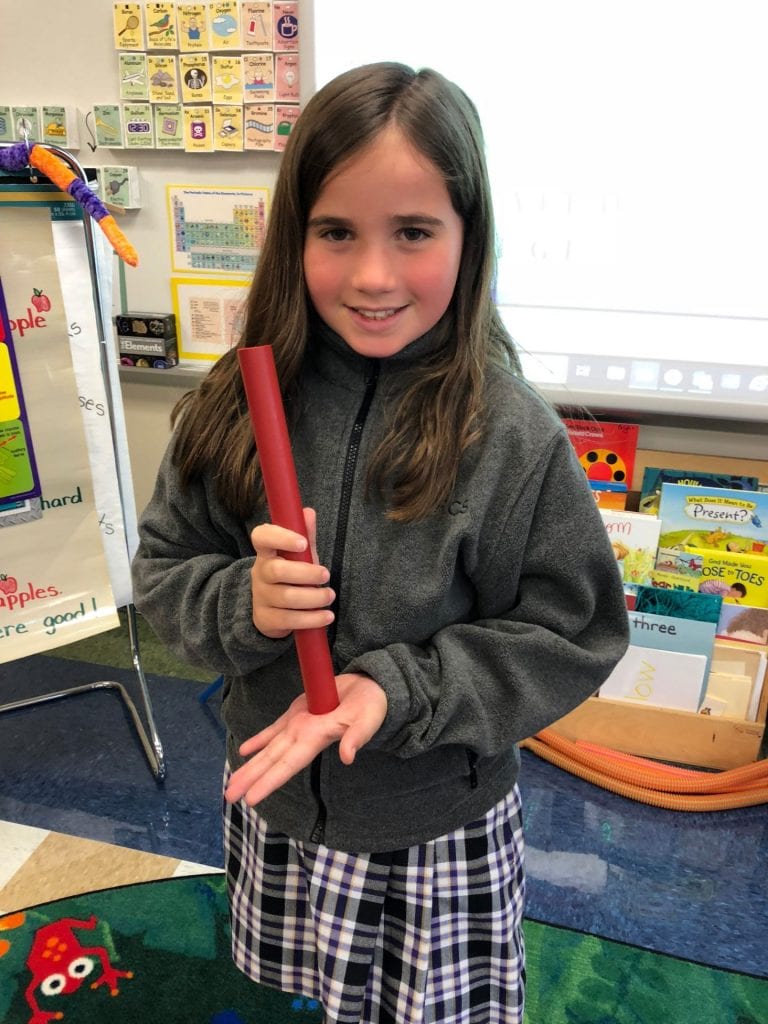
Paper cup phones are an excellent way to demonstrate how sound waves travel. Our partners whispered questions into the cups and we could hear them! Click here to watch an informative video.
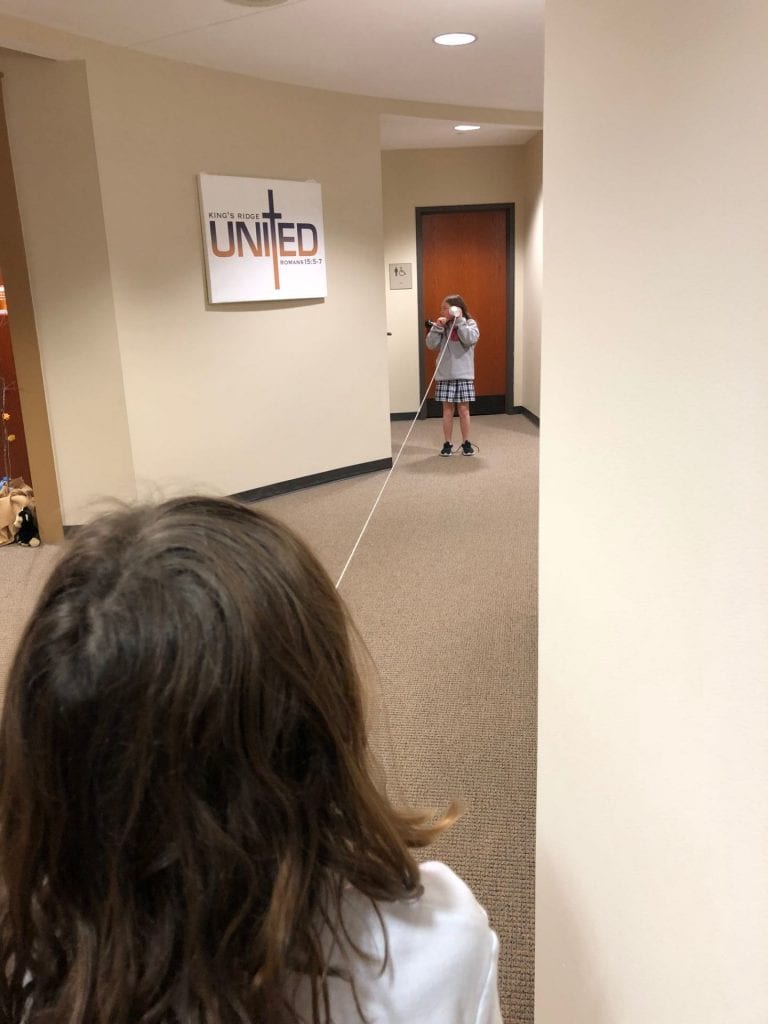

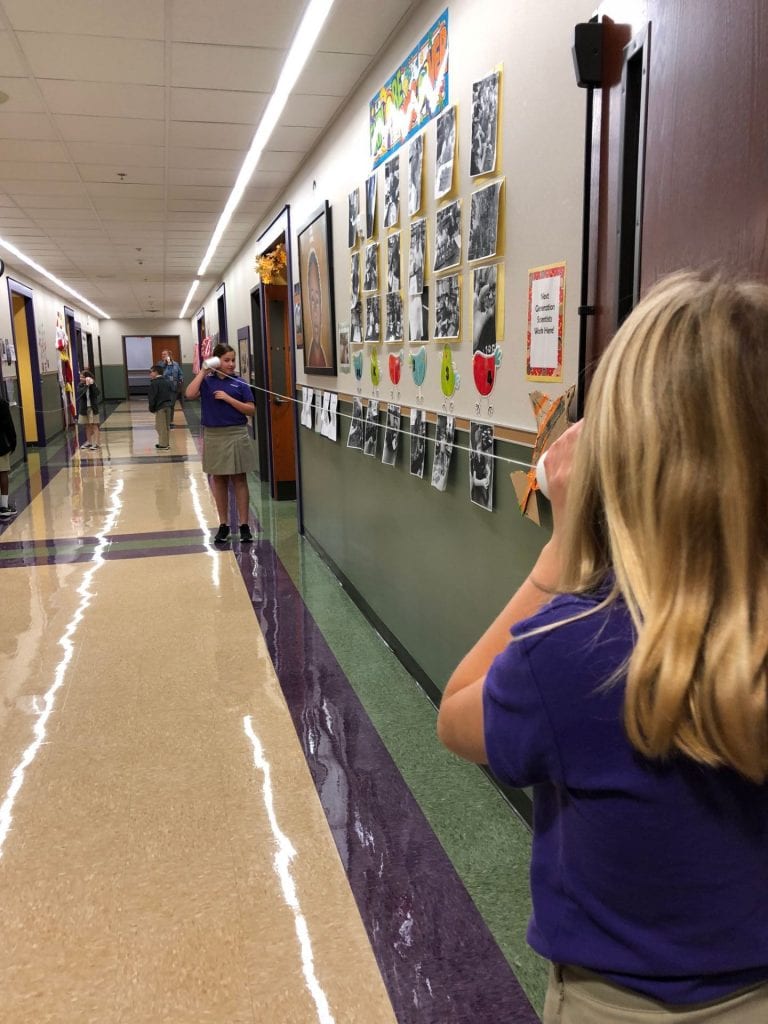
We completed lab by cutting the end of a straw in the shape of a reed. As we blew into the straw and slowly cut off the end of the straw, the pitch changed. Click here to see how. Hmmm, do you see a connection between the palm pipes and the straws?
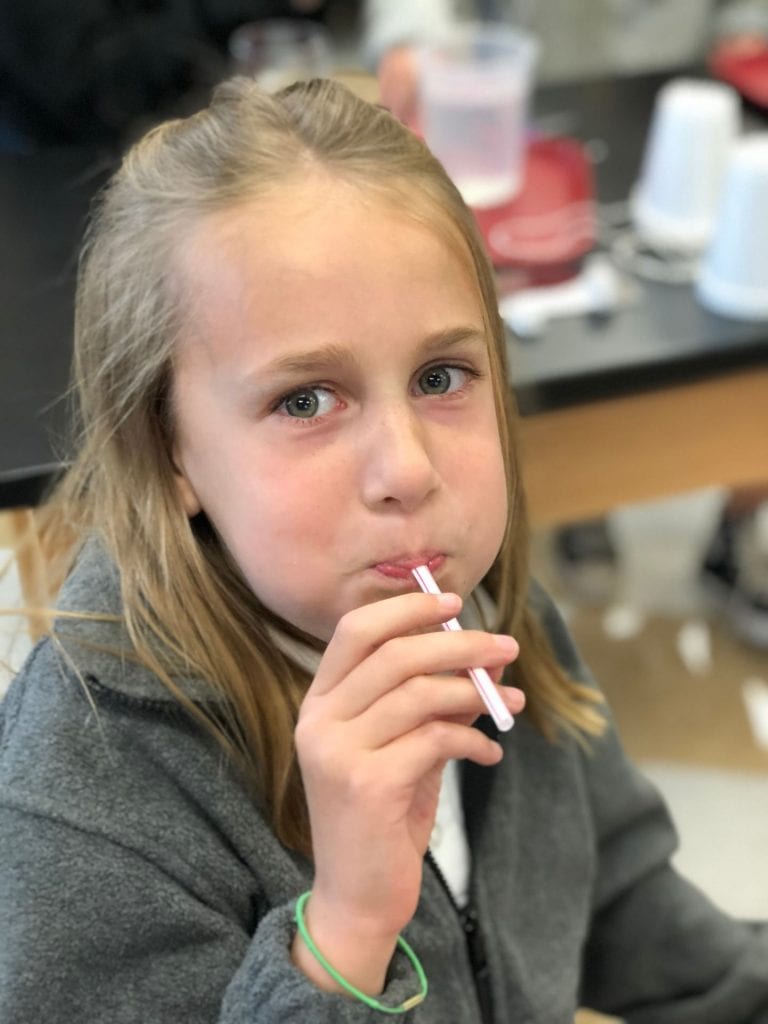
Click here to watch one of my scientists.
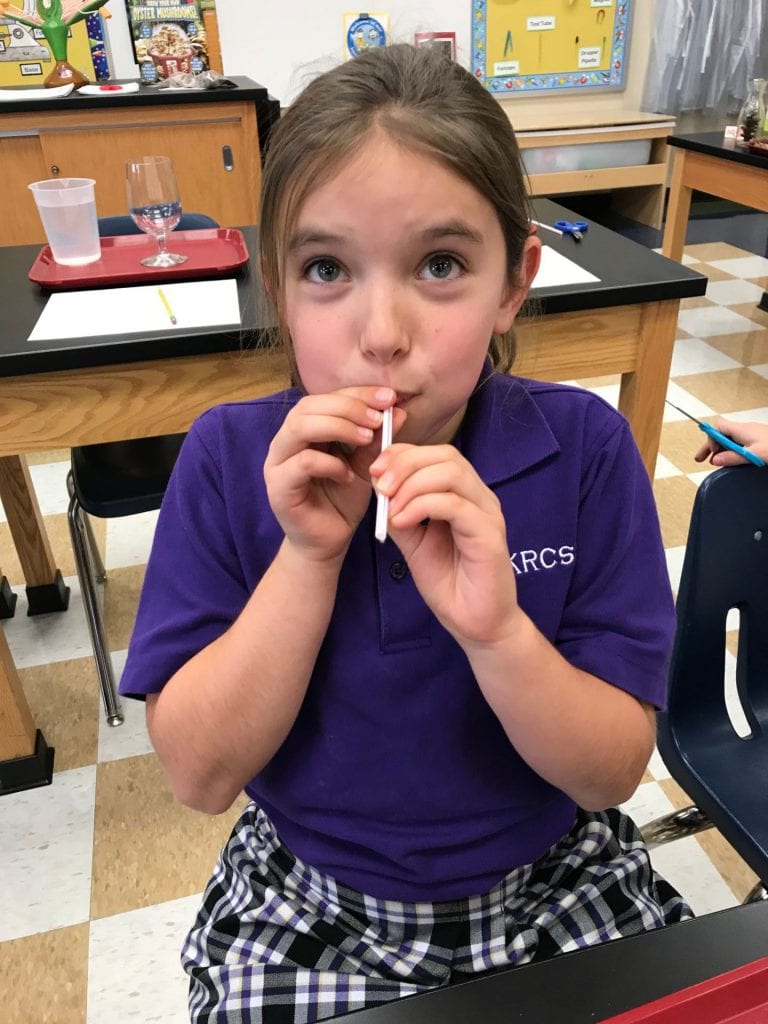
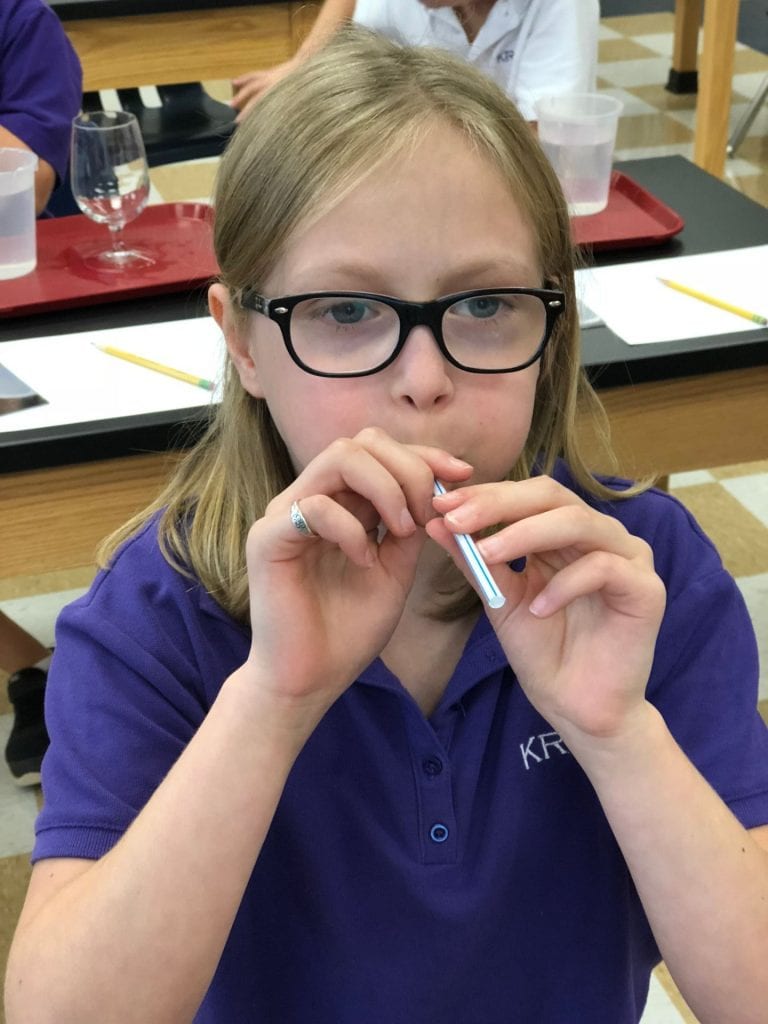
Love that you can do most of these investigations at home! Try changing a variable. For example, when constructing the whisper phones, try different cups (Styrofoam, plastic, or paper) or vary the length of the string.
